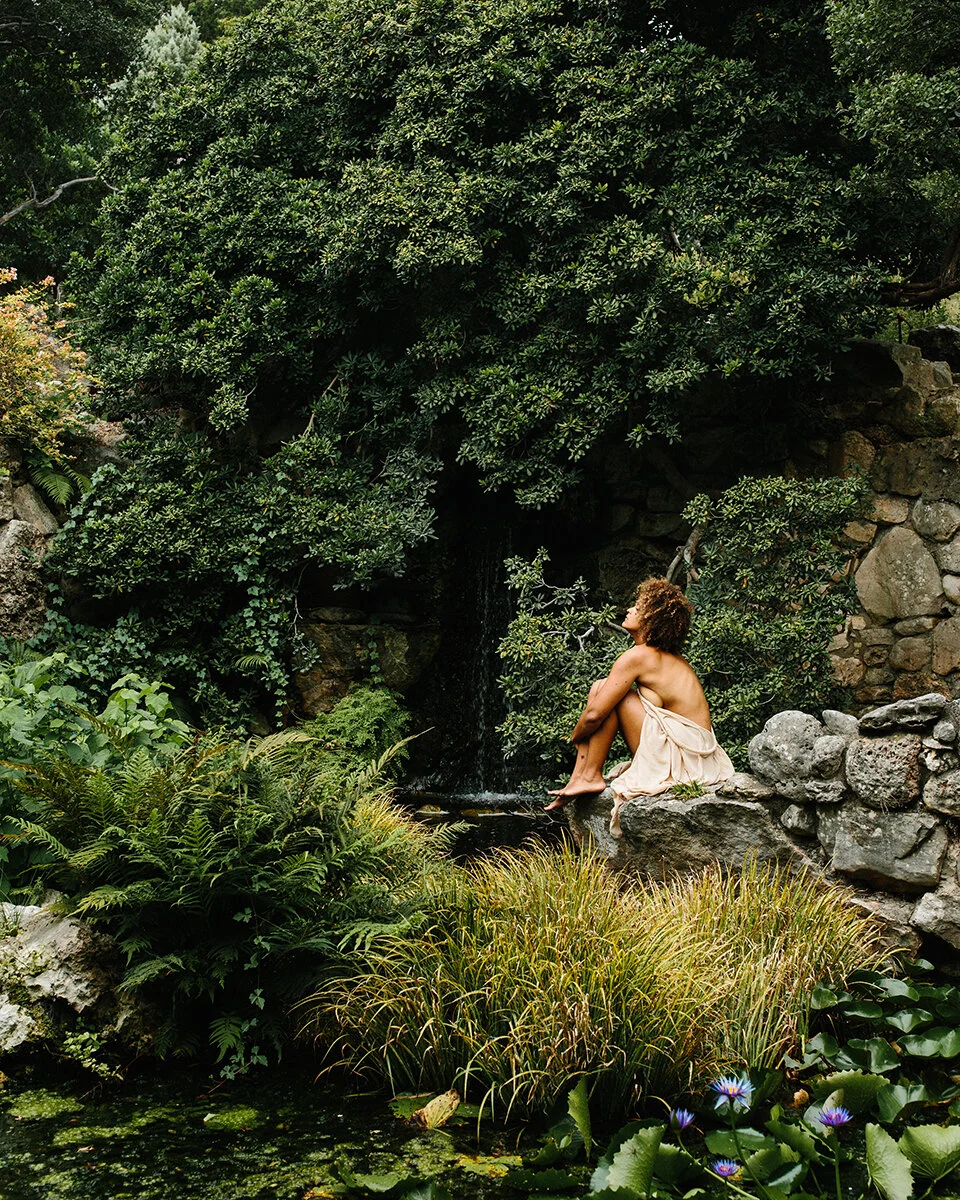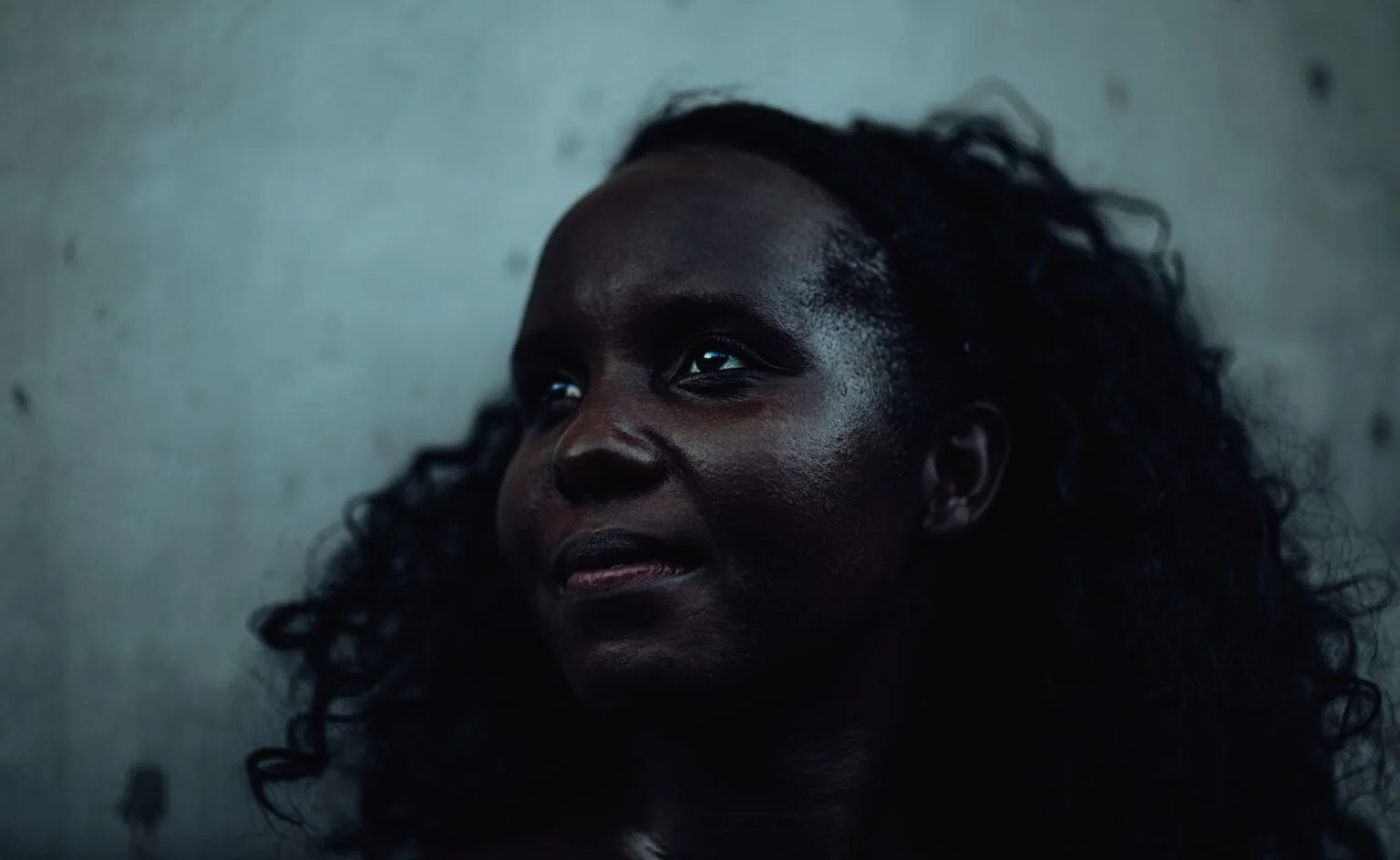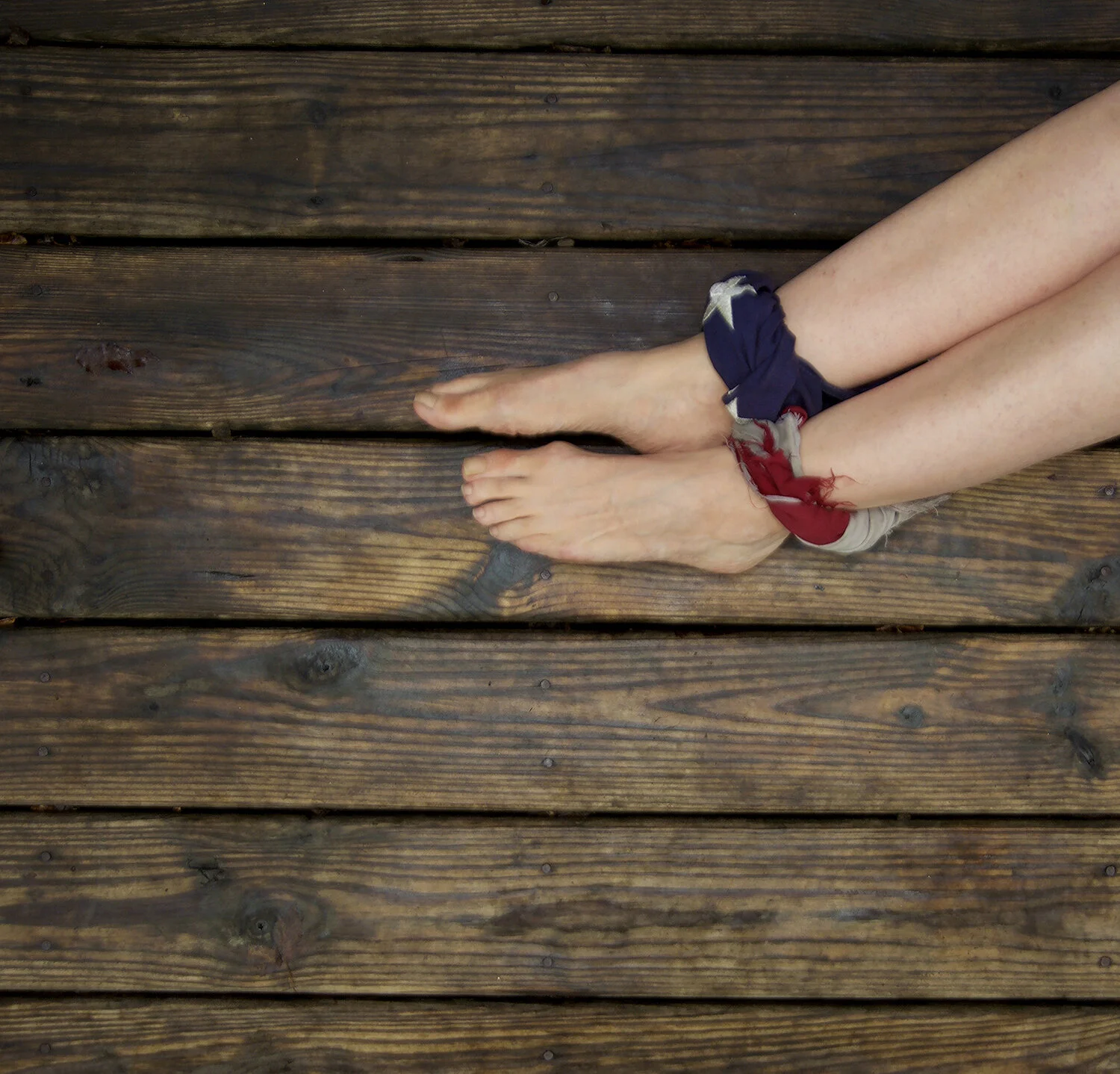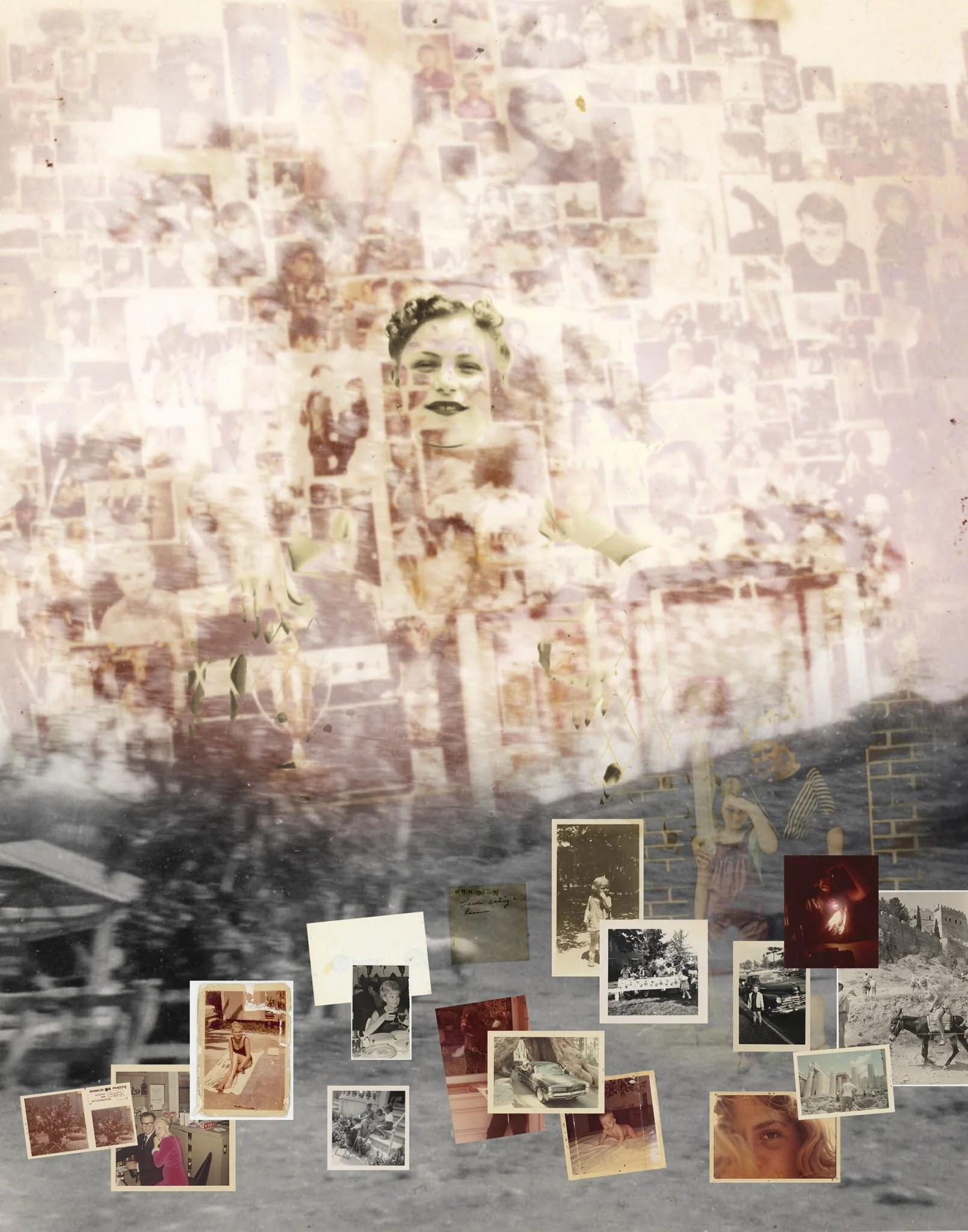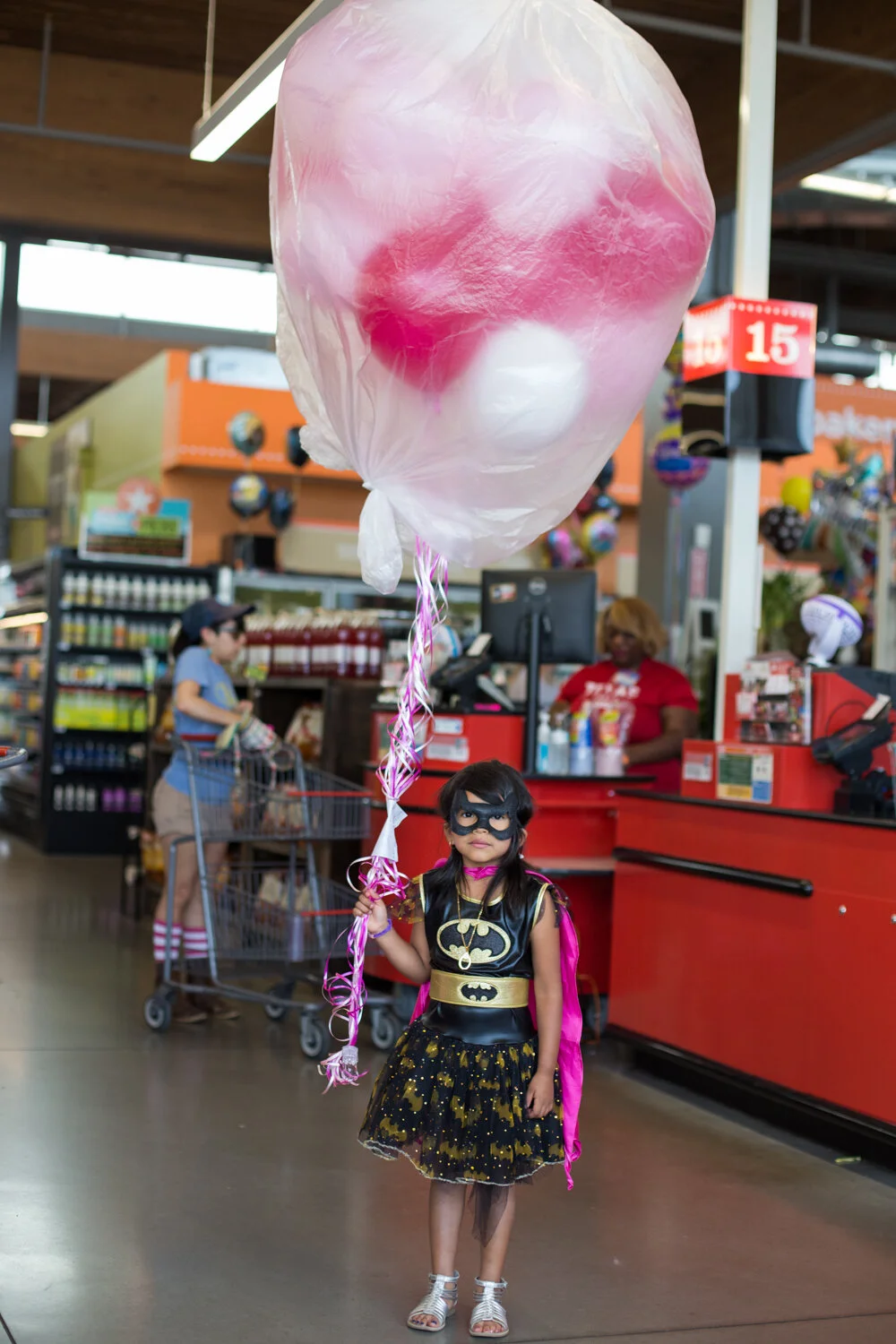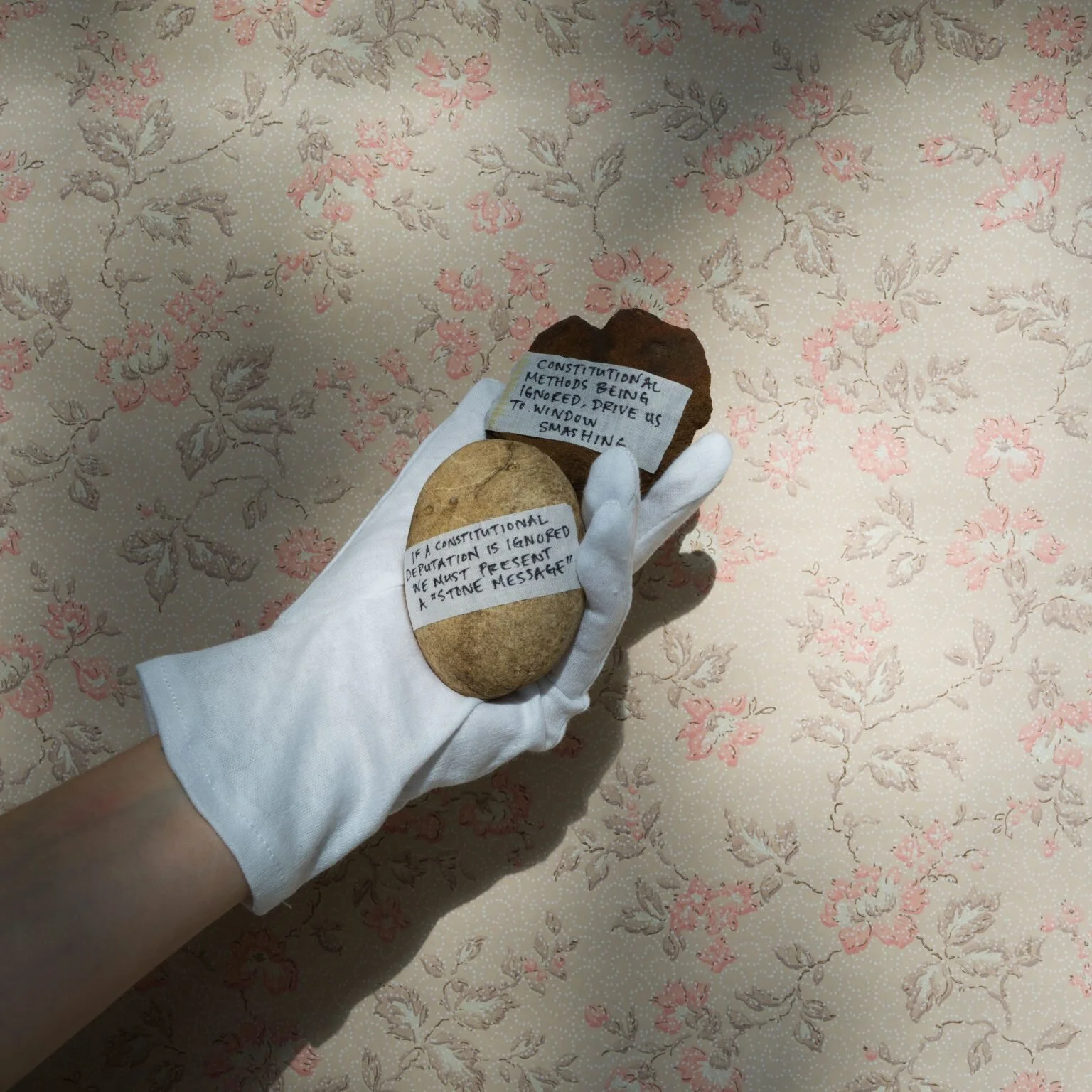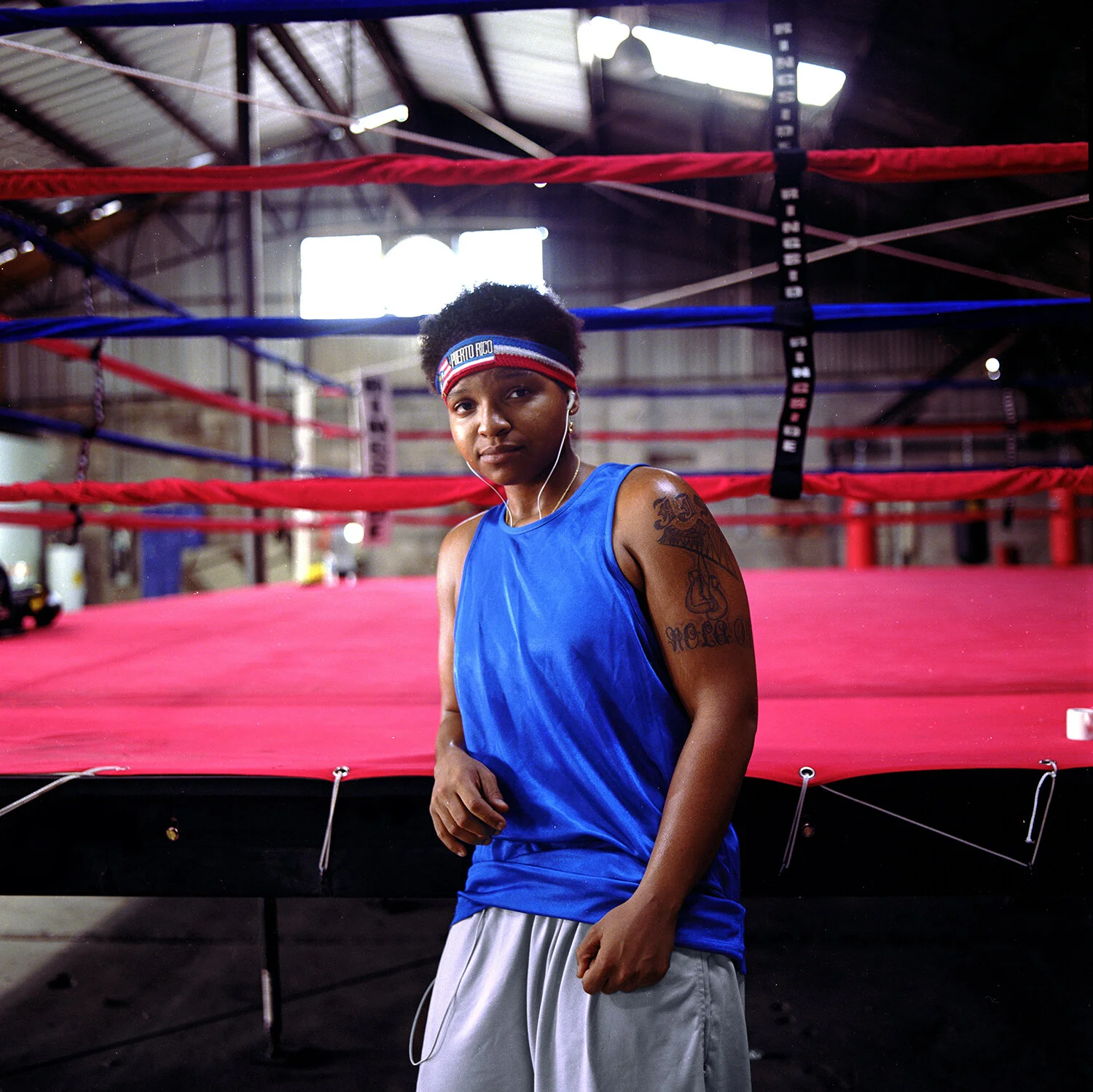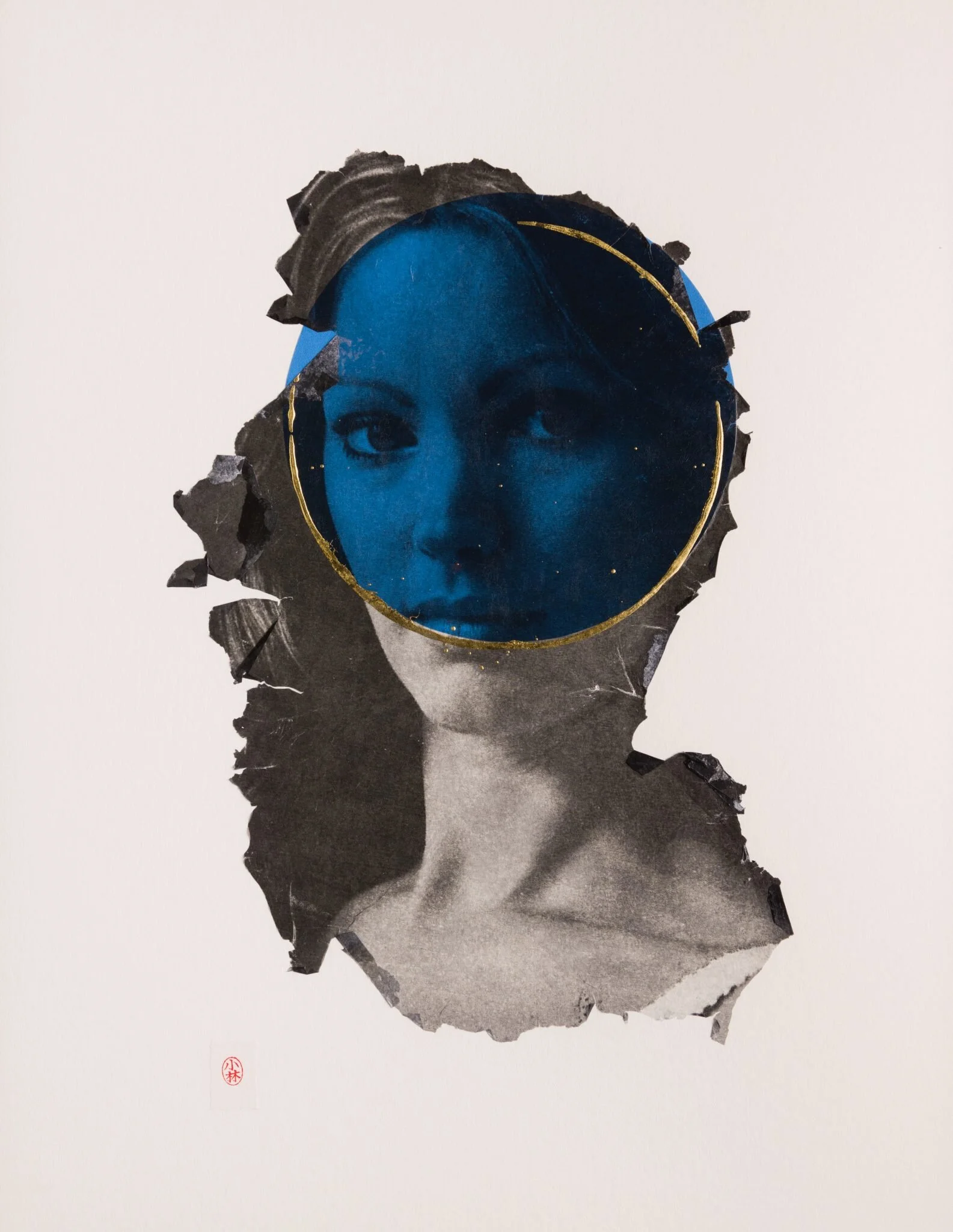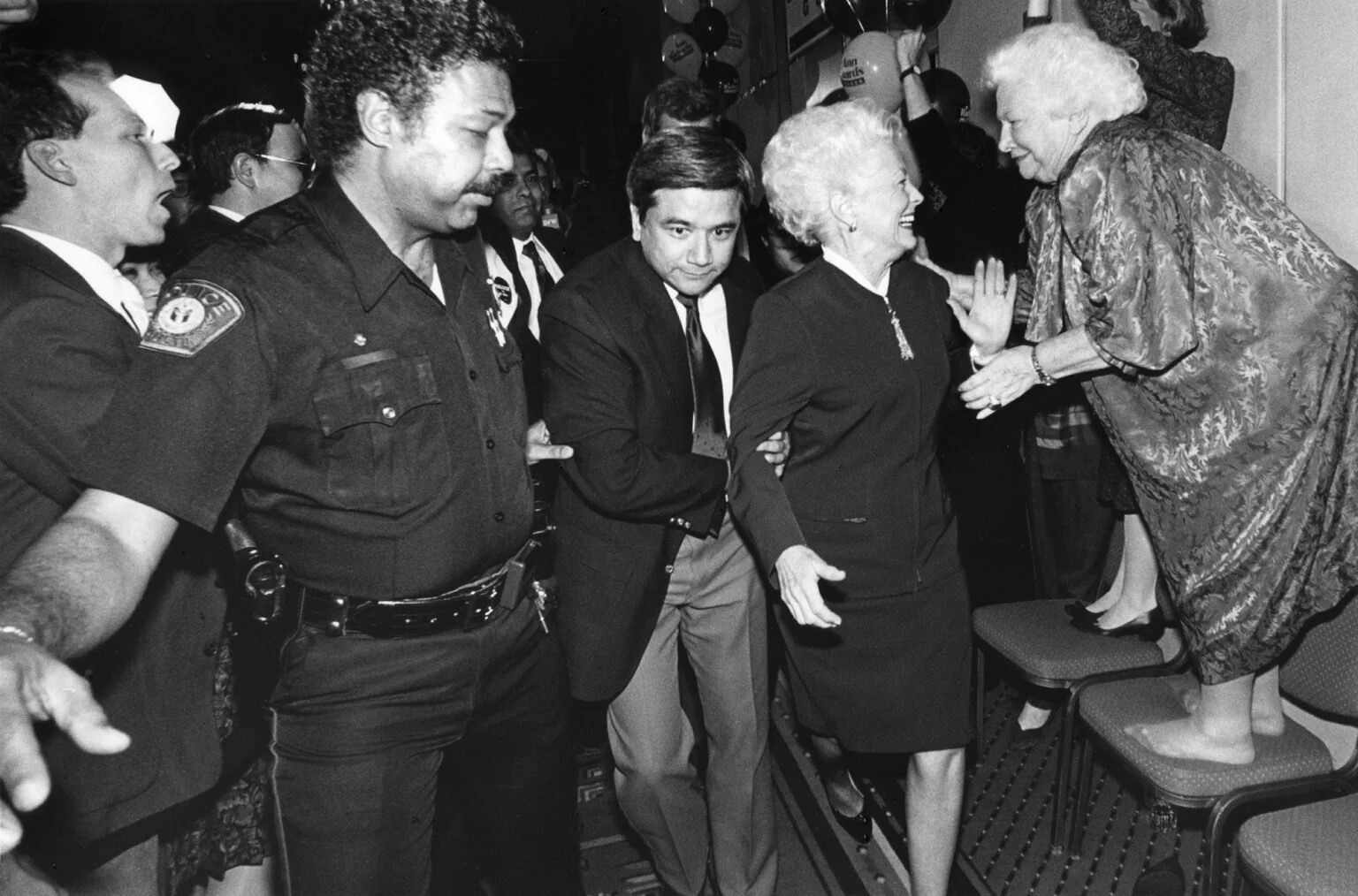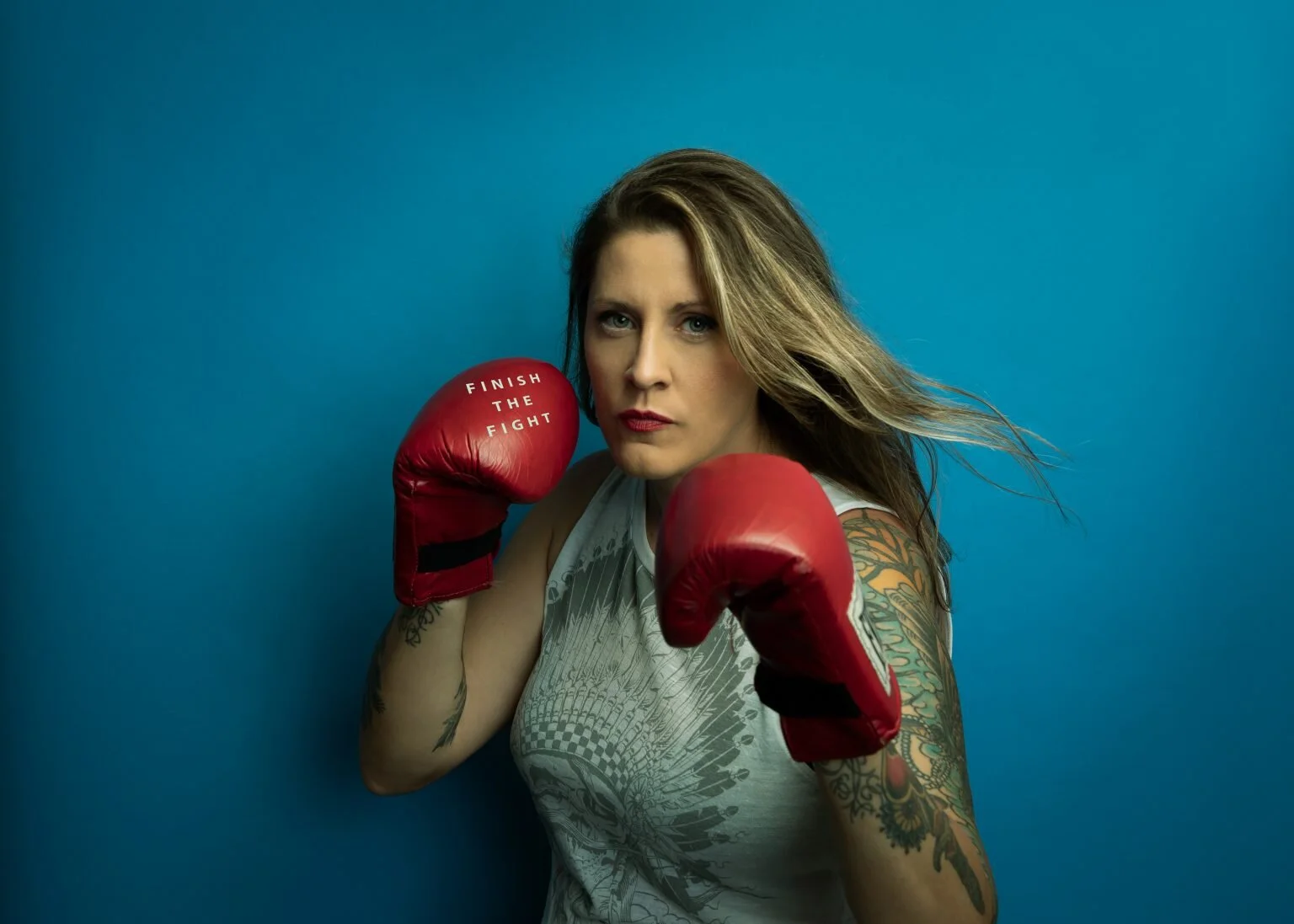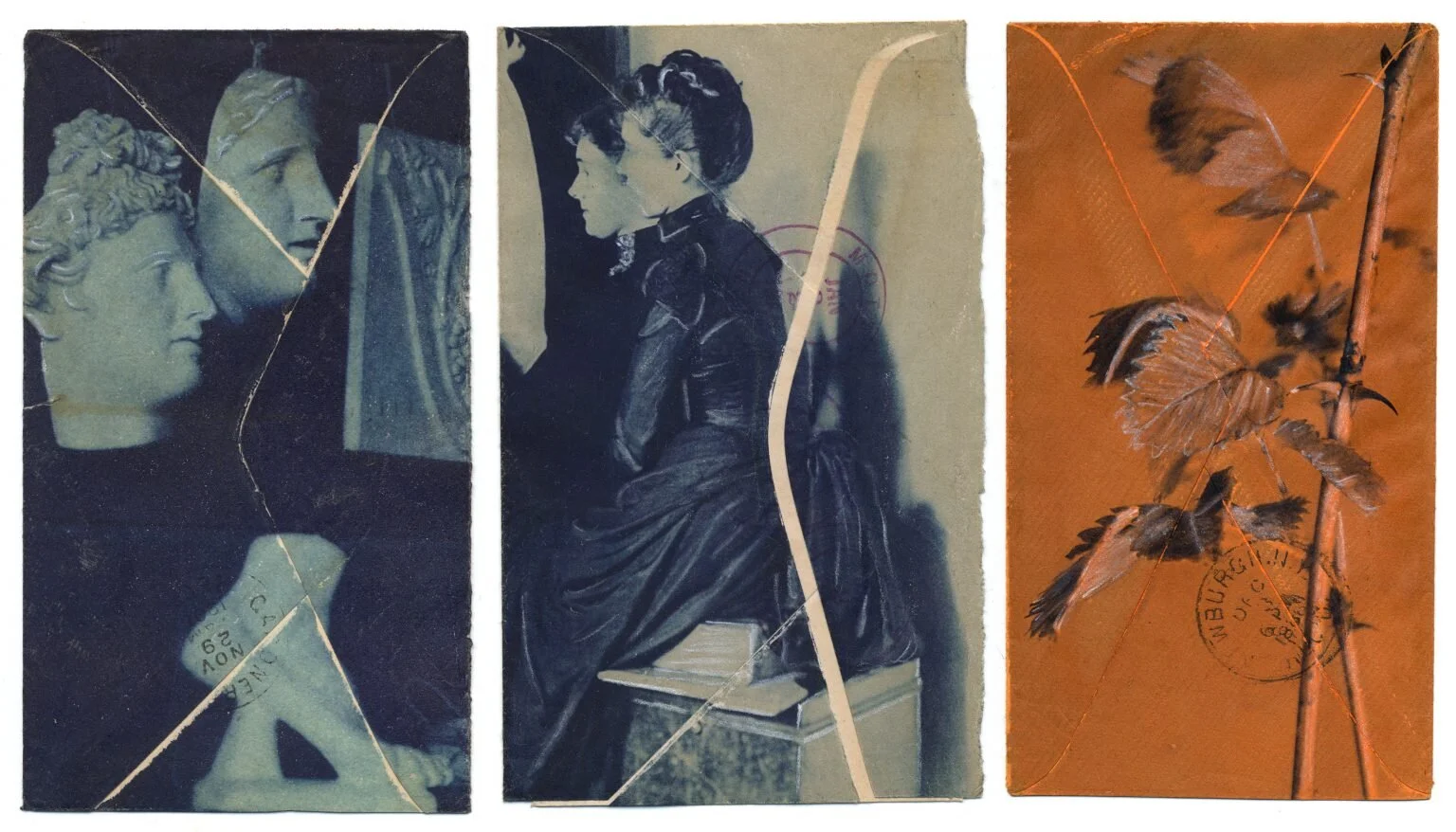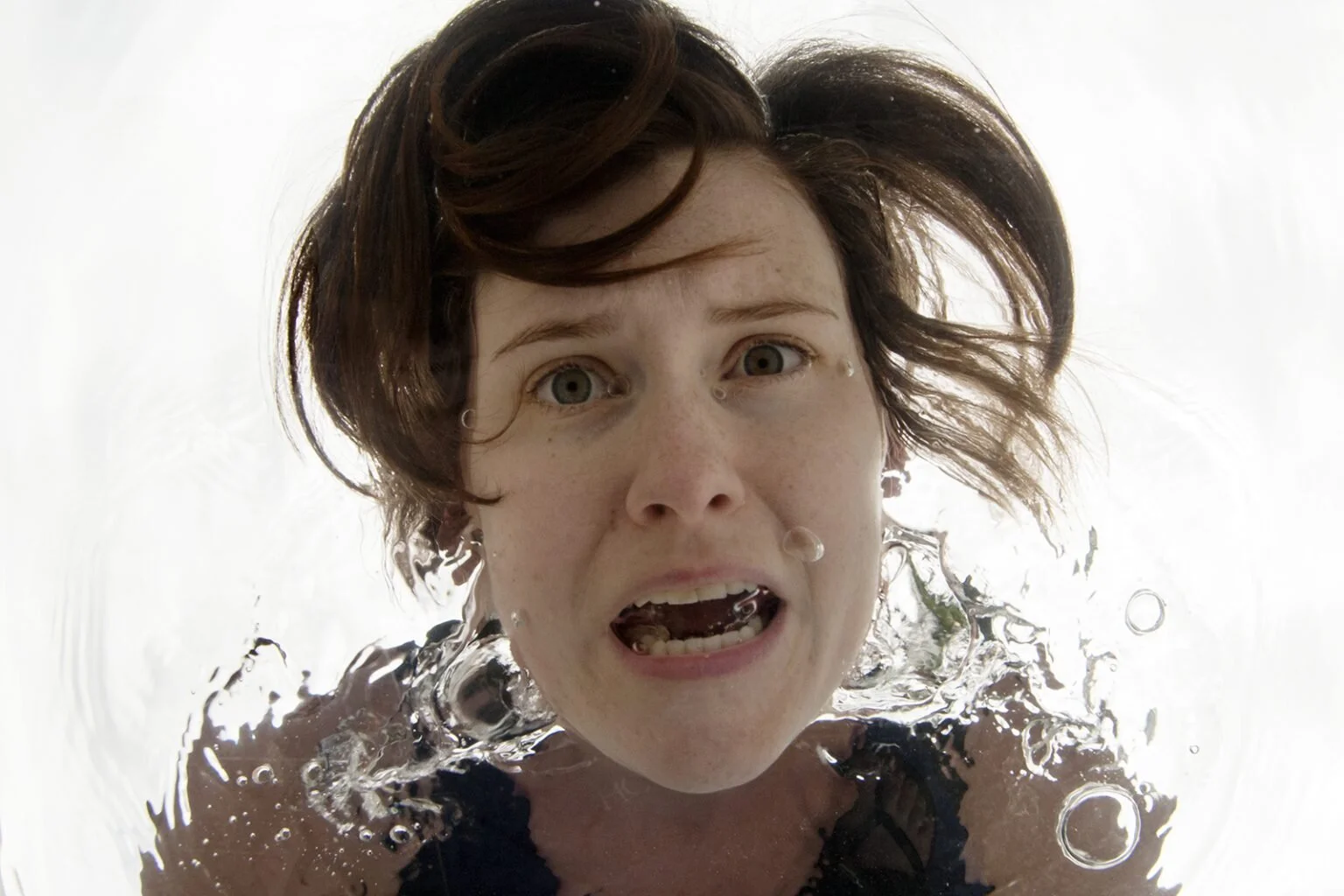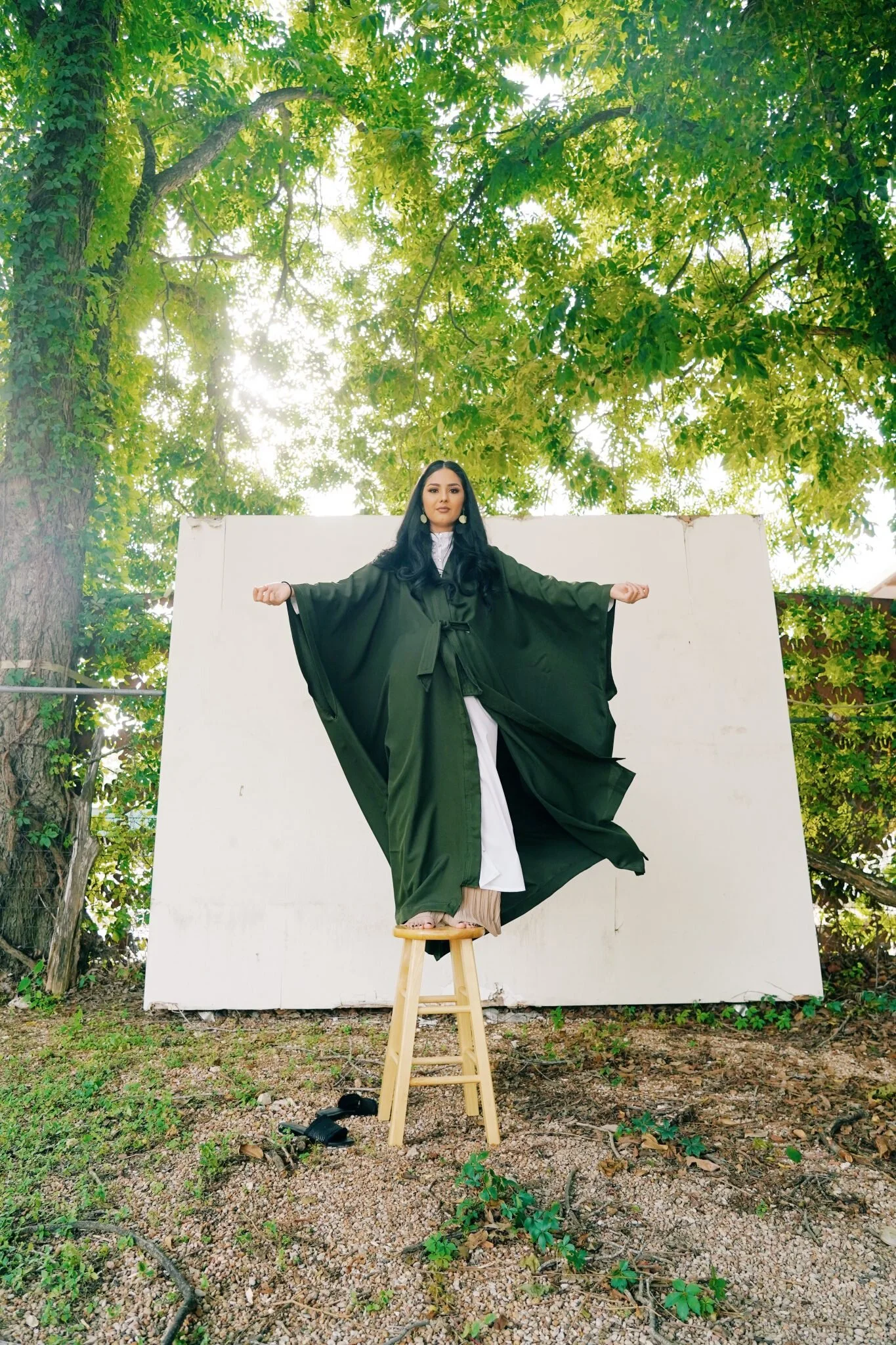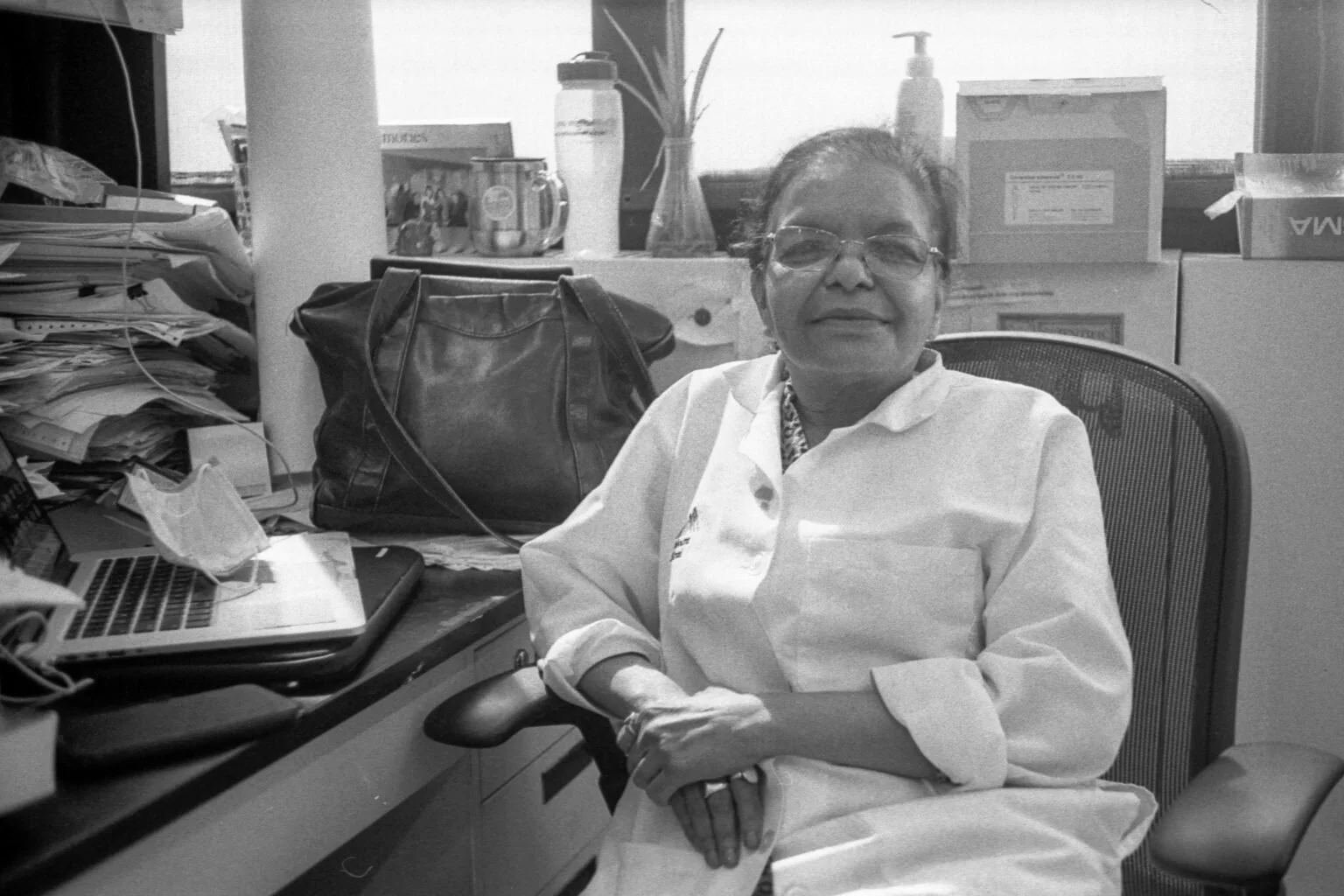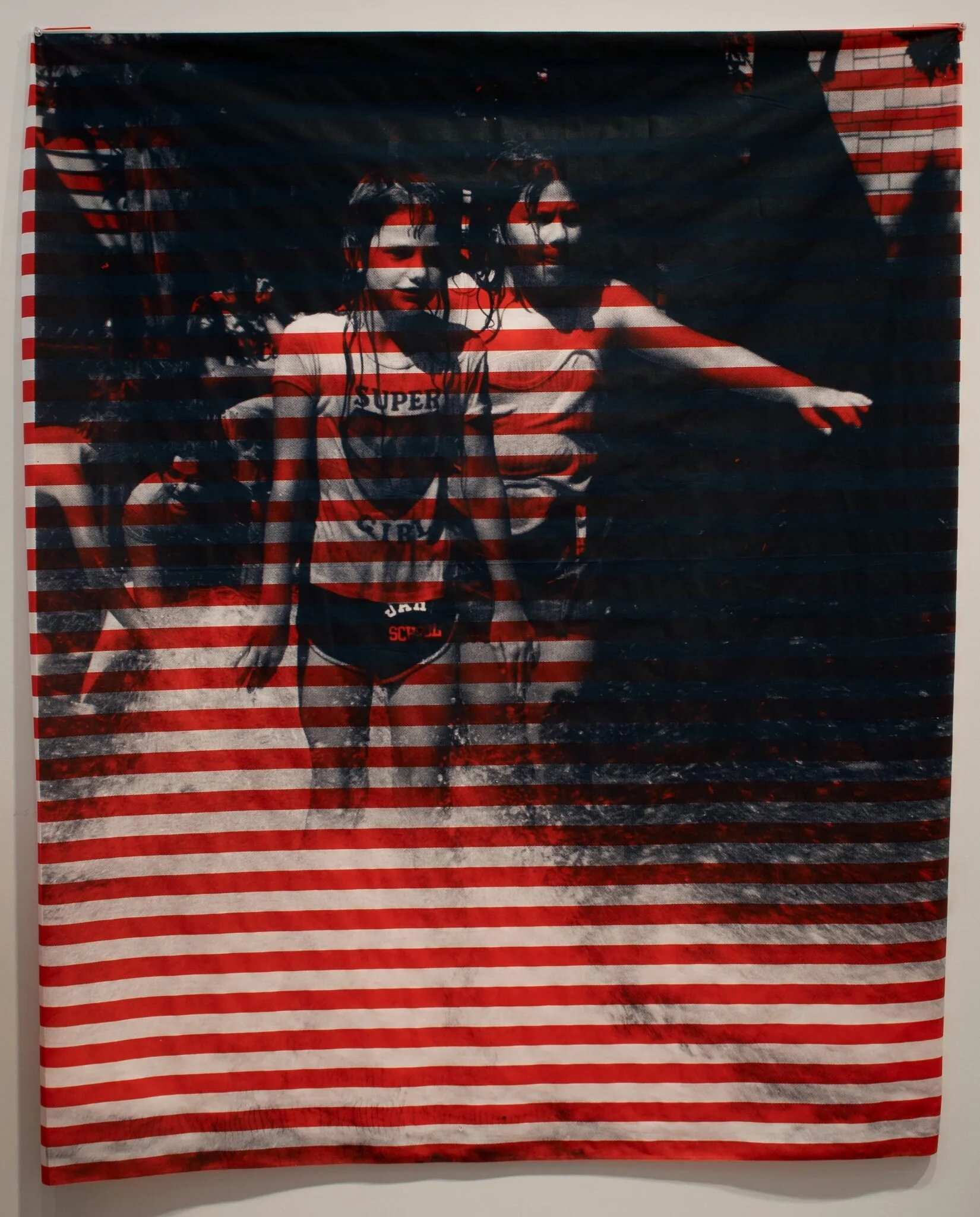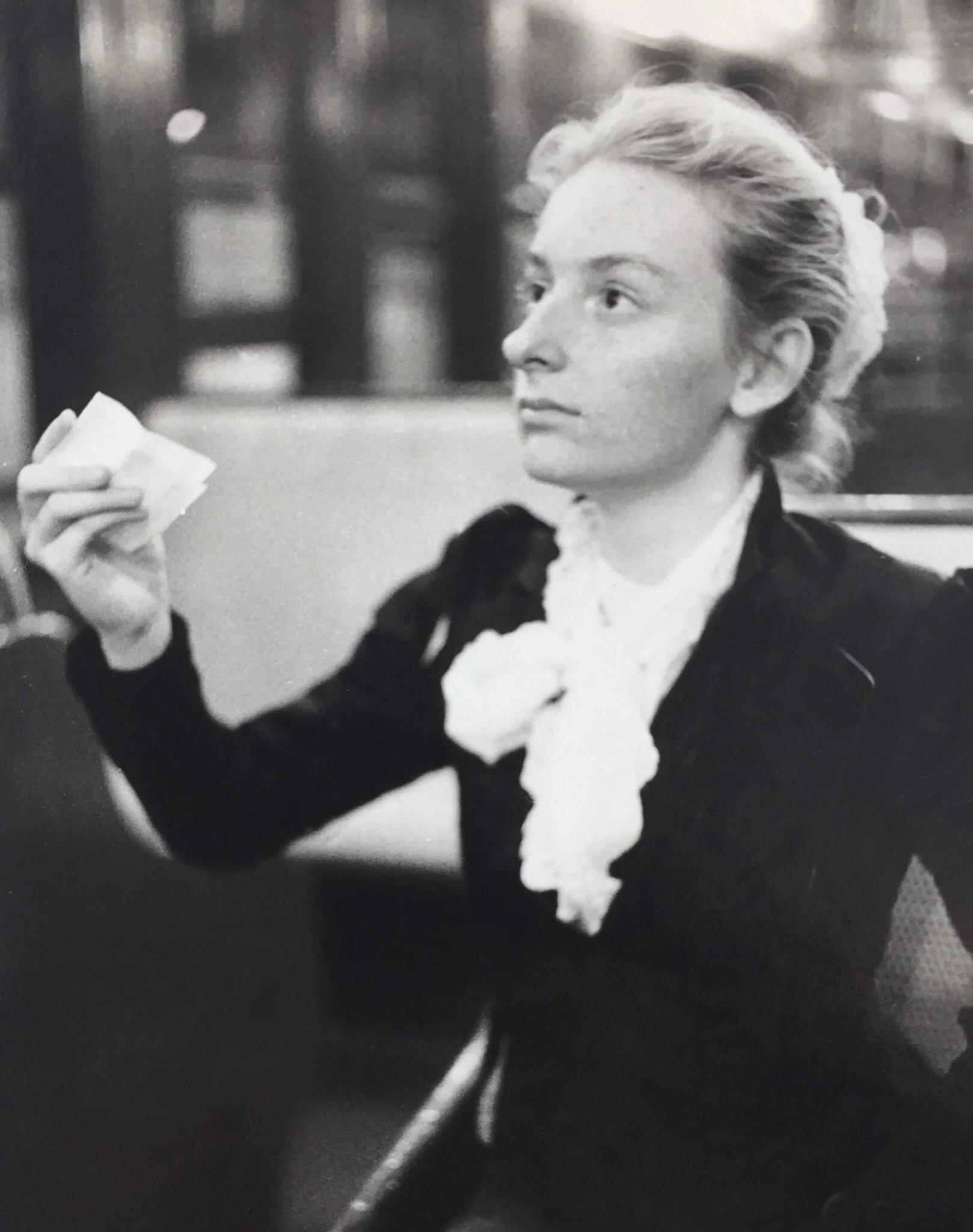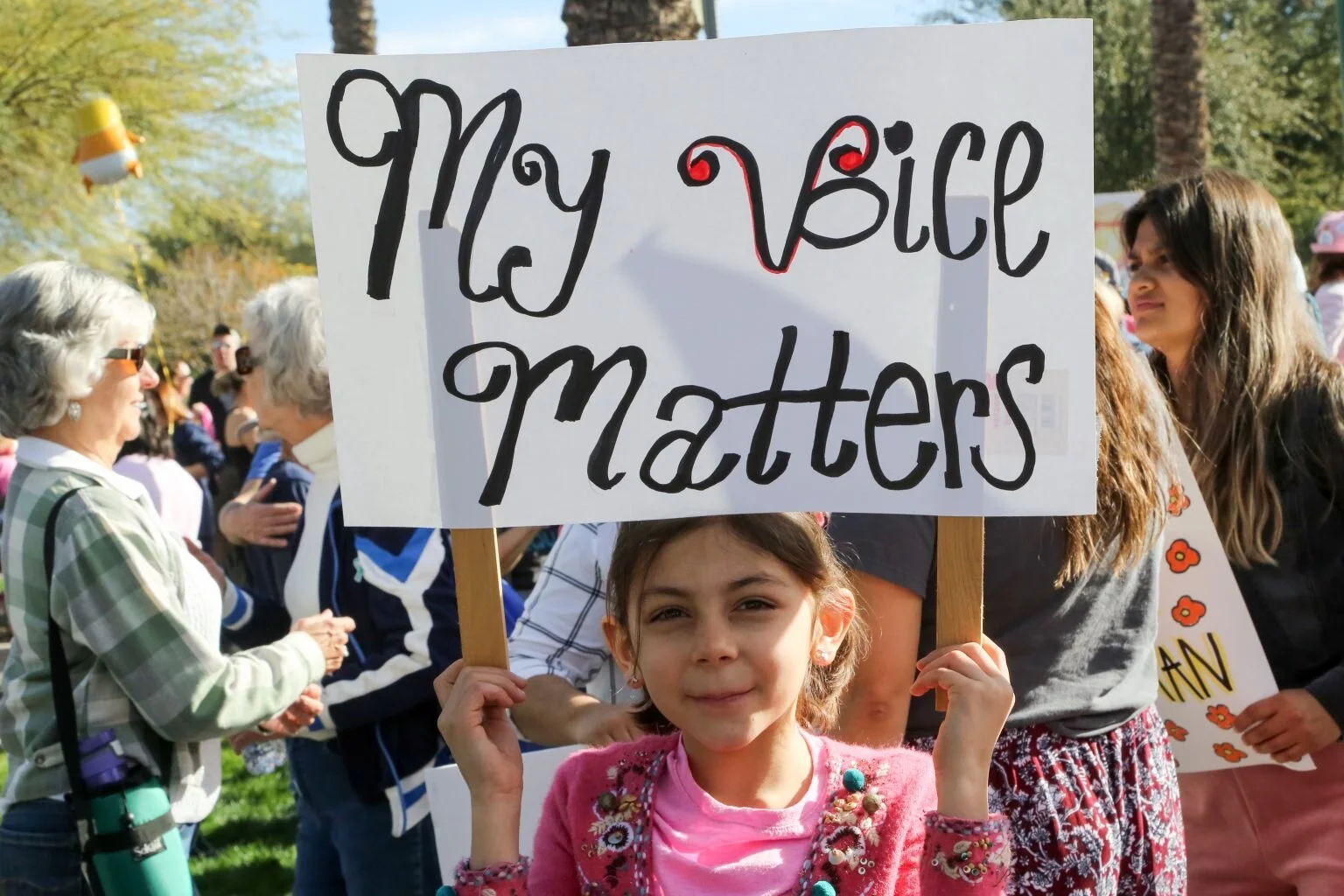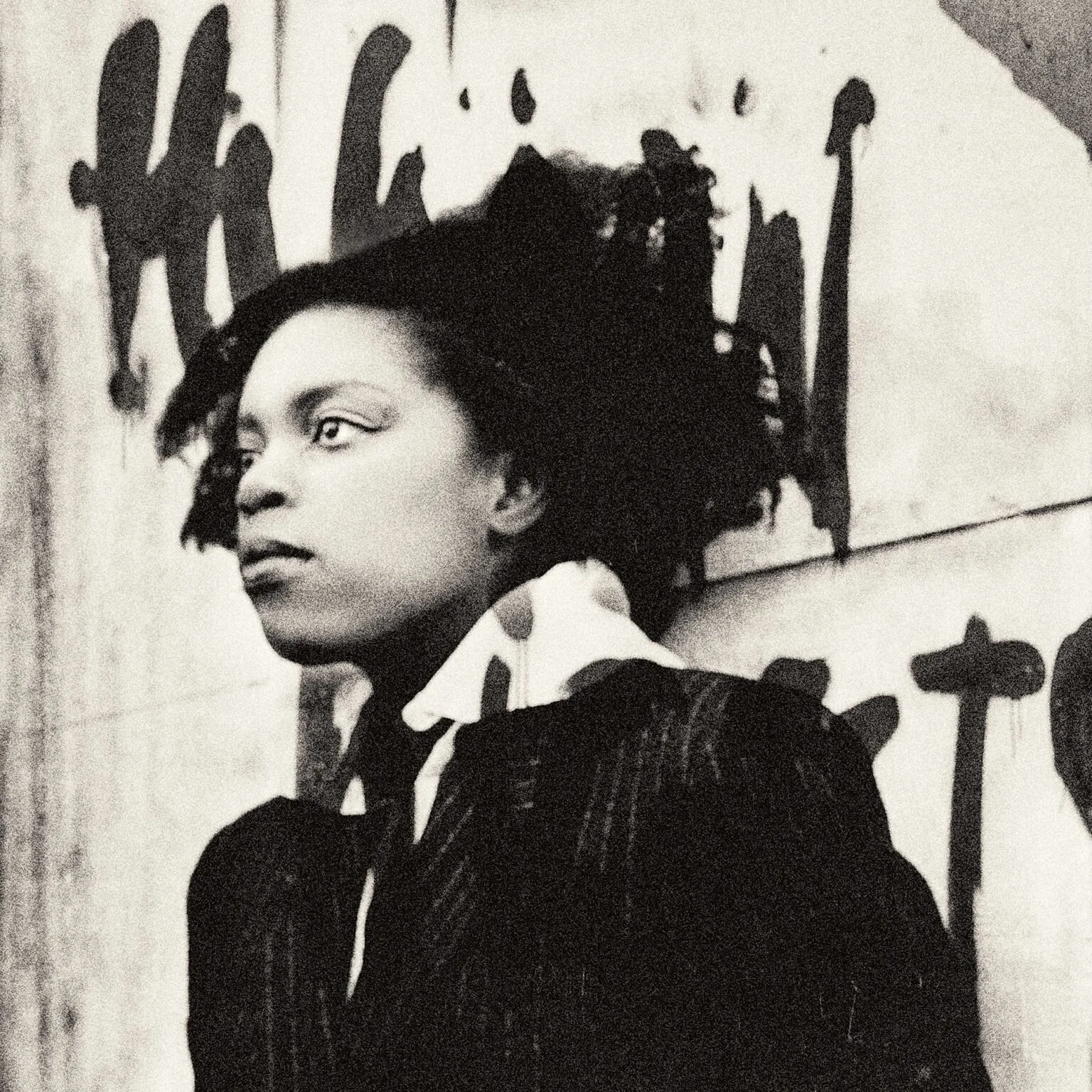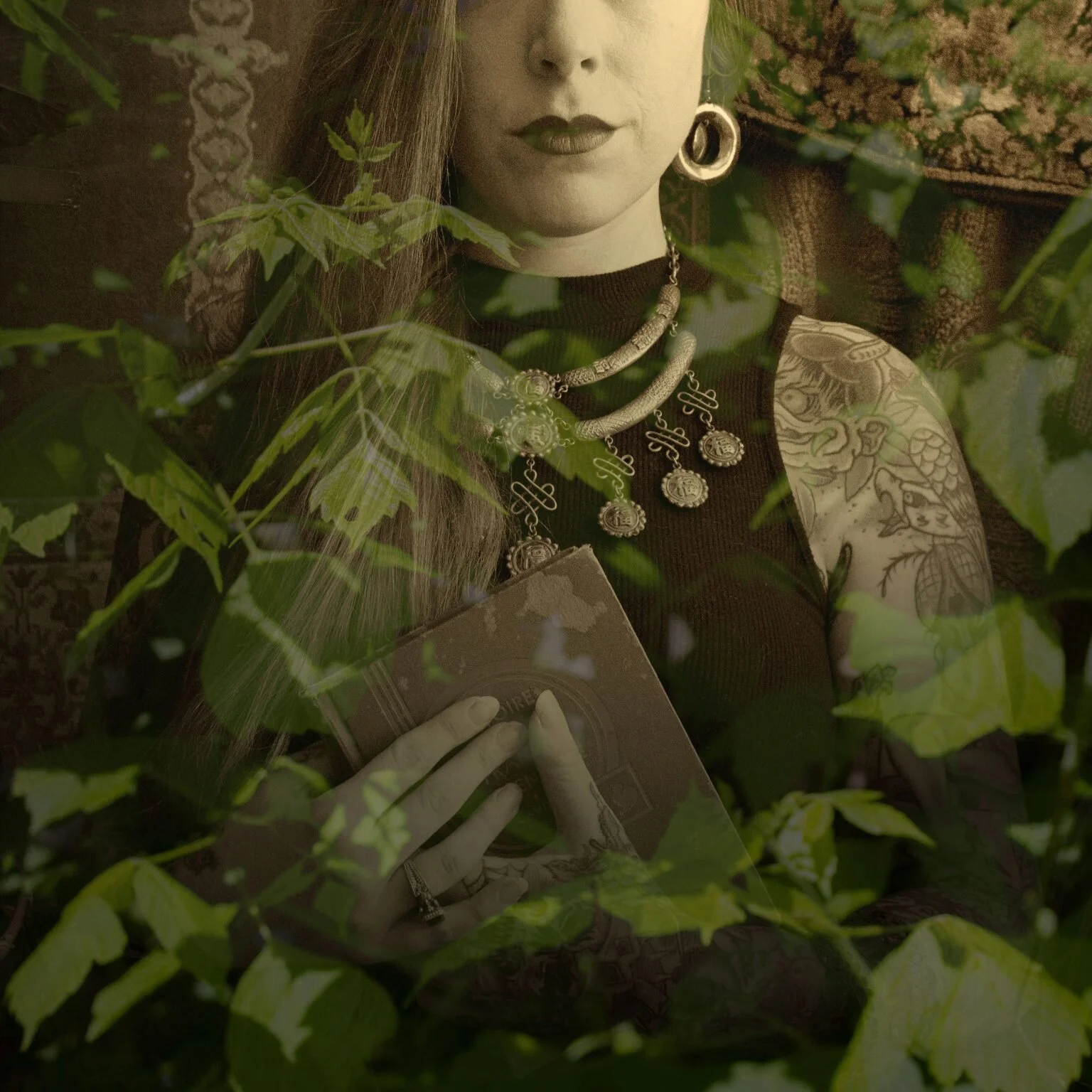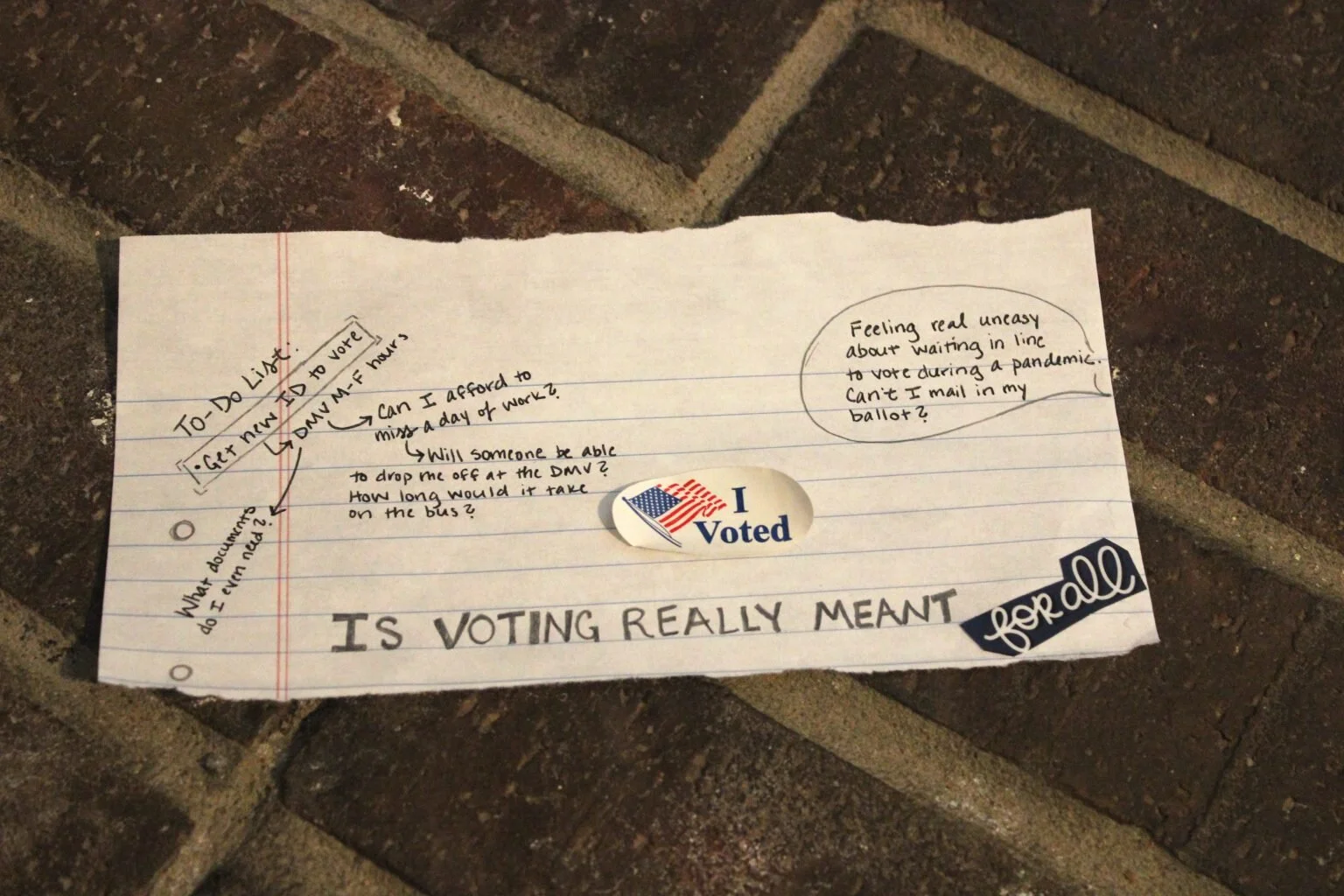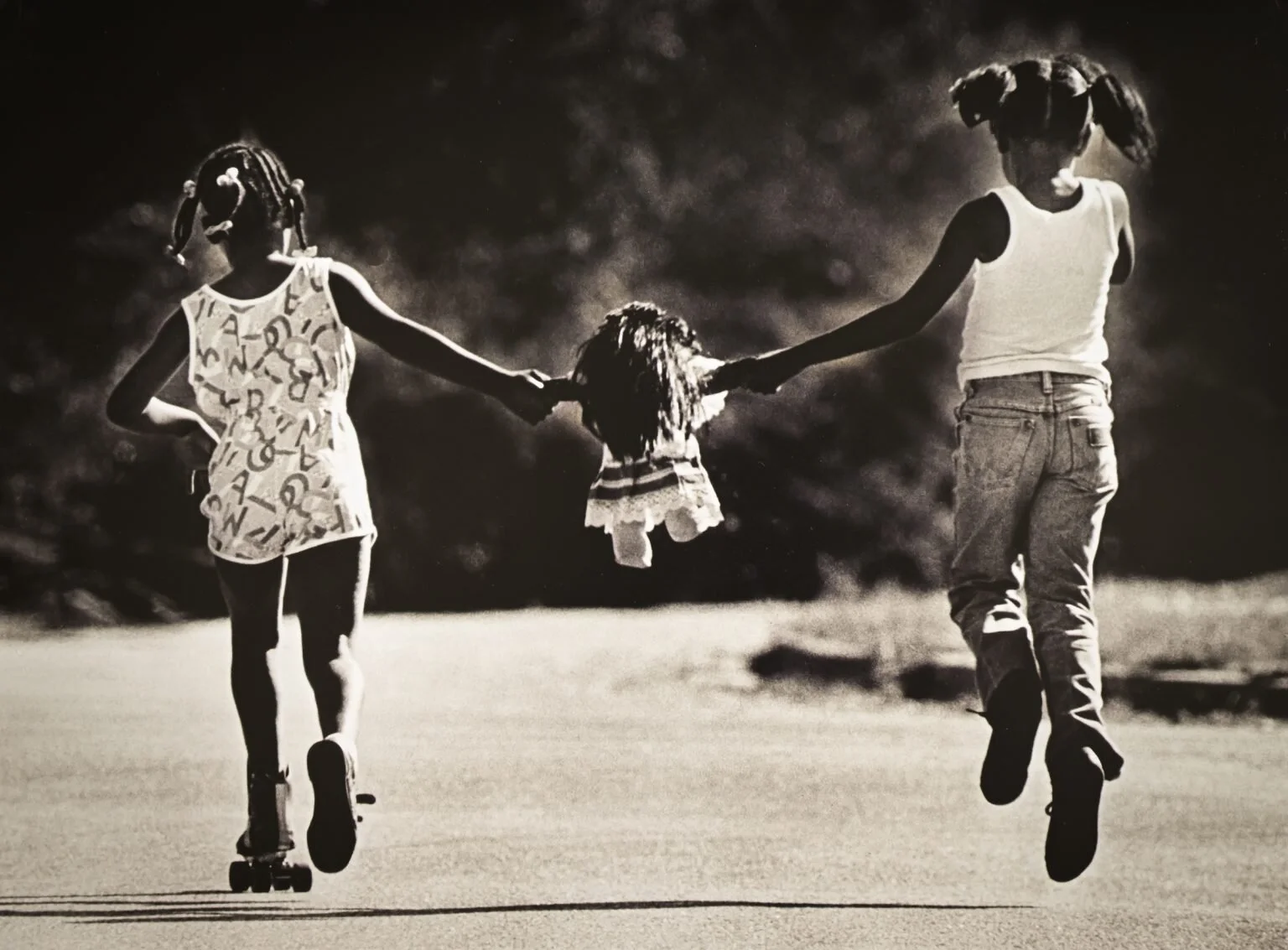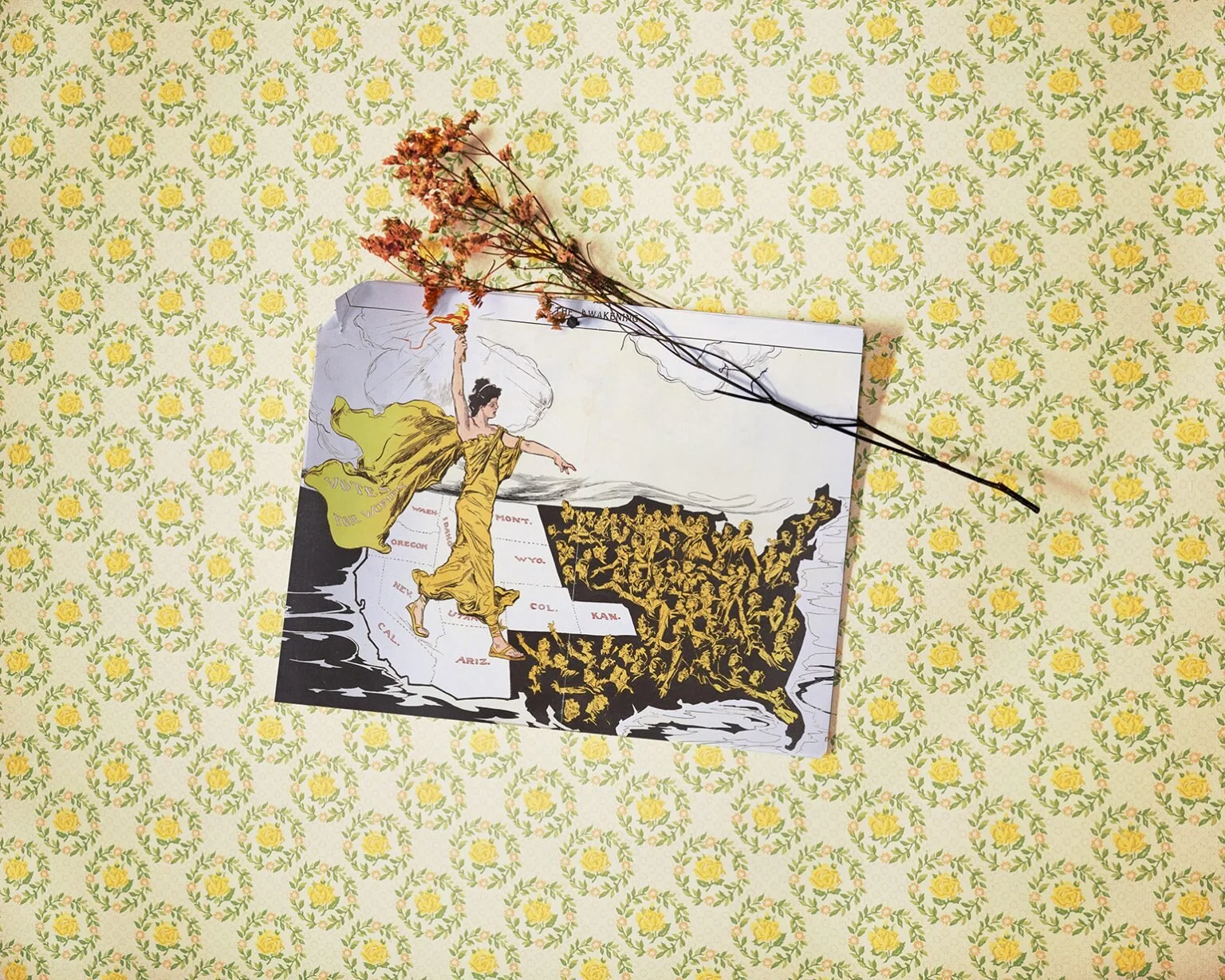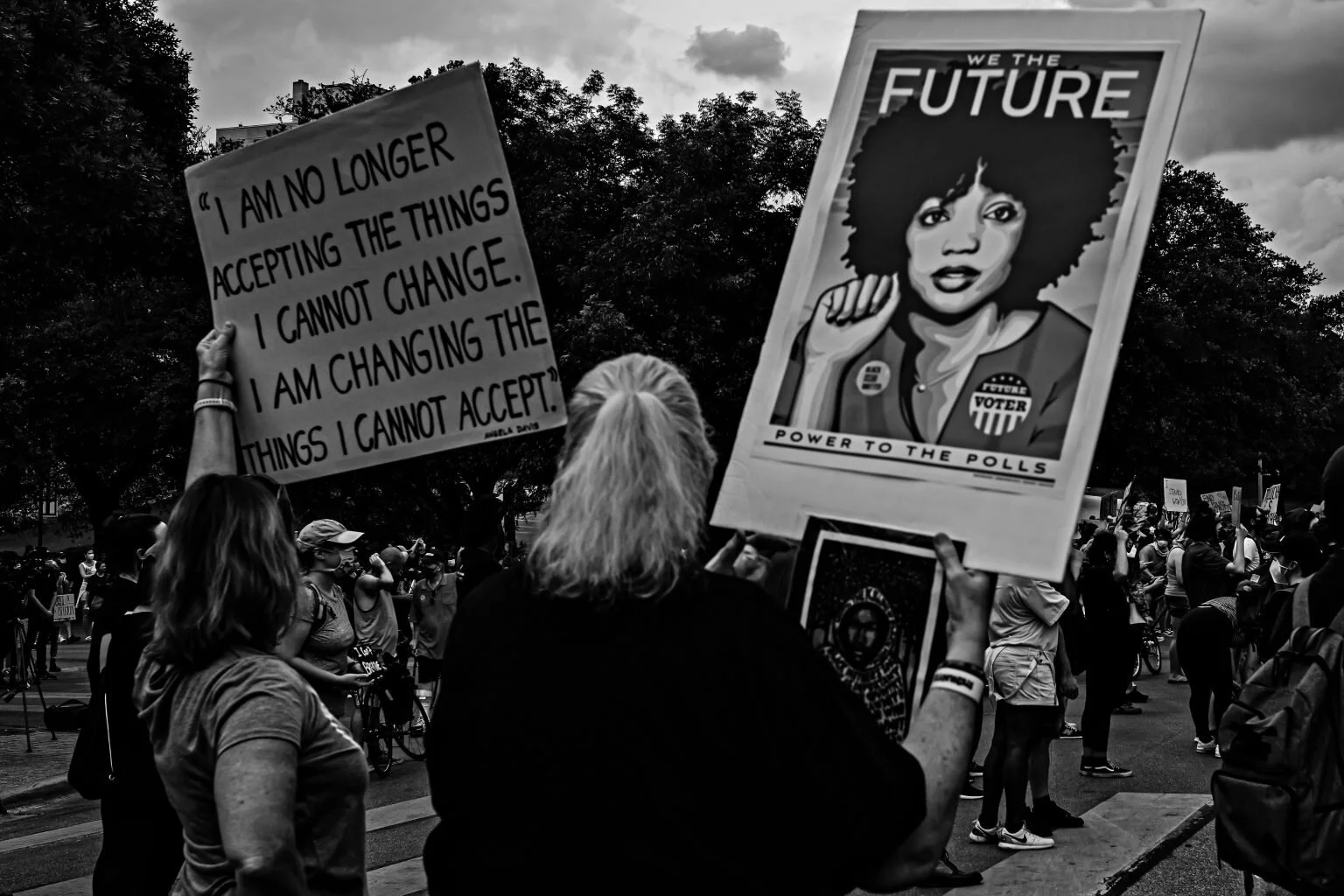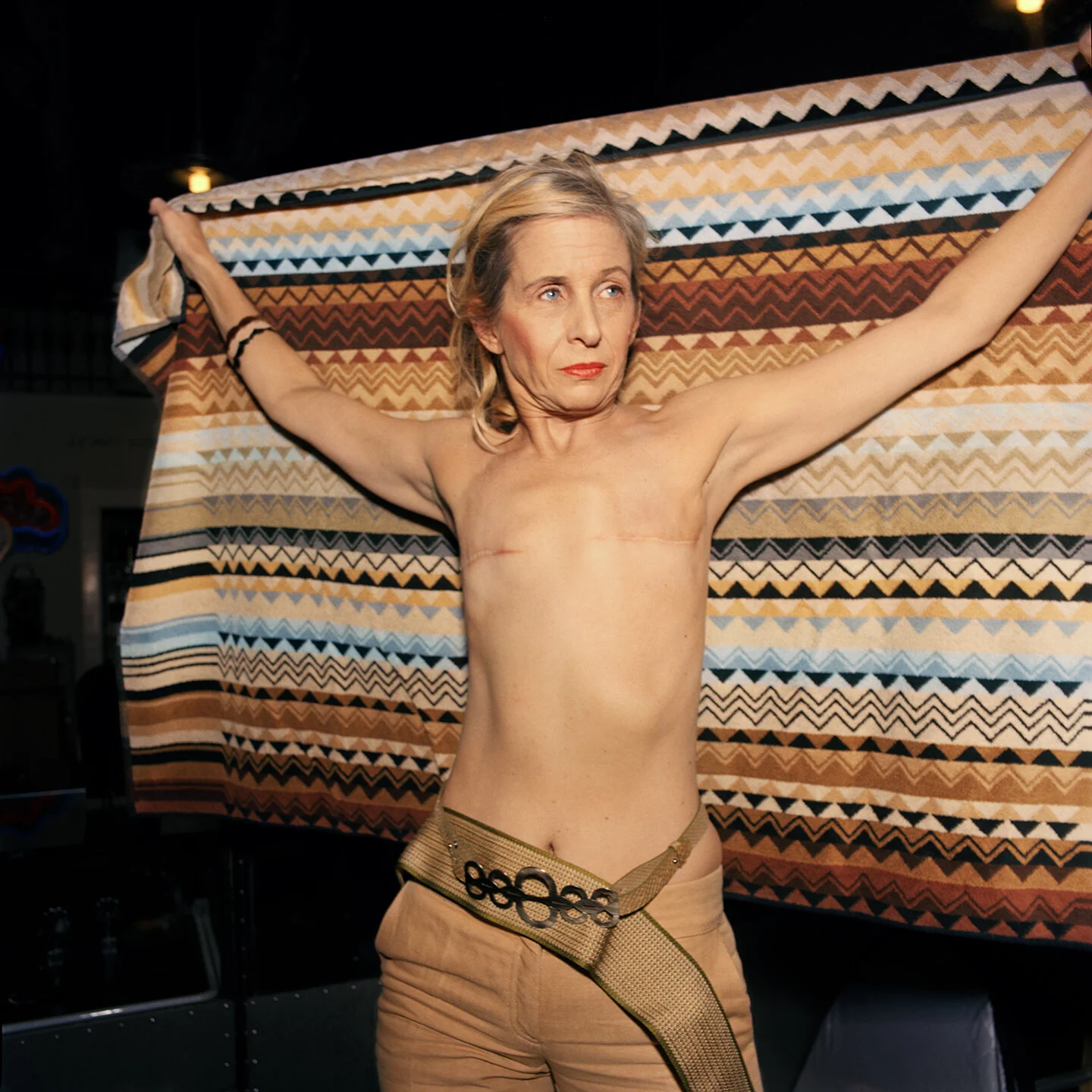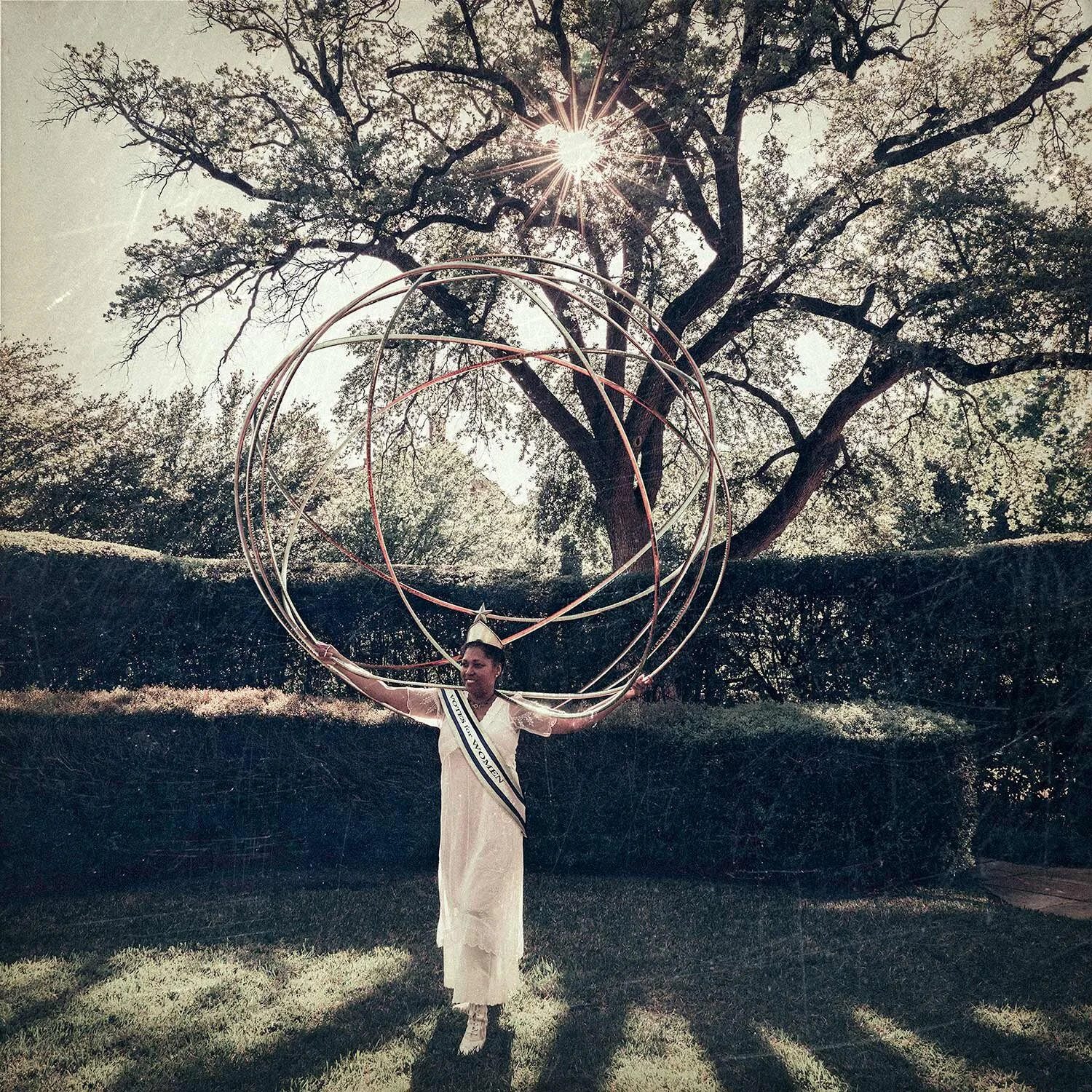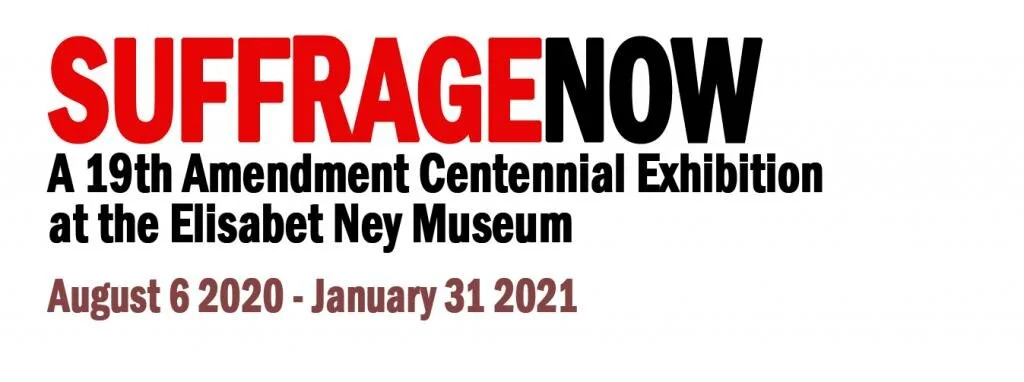
SuffrageNow
A 19th Amendment Centennial Exhibition at the Elisabet Ney Museum
On August 18, 1920, the Nineteenth Amendment was ratified, giving women in the US the right to vote. Since then it has become all but unimaginable to conceive of its absence. But it was an arduous campaign to reach this milestone, and it wasn’t, in fact, until August 6, 1965, with the passage of the Voting Rights Act of 1965, that all American citizens were guaranteed to share in this privilege. In SUFFRAGE NOW: A 19th Amendment Centennial Exhibition at the Elisabet Ney Museum, women photographers nationwide were invited via a juried open call to share photos that comment on this historic occasion, imperfect though it may be. The most eloquent images were chosen and included in this special online exhibition. The Elisabet Ney Museum is a uniquely qualified venue to host such an exhibition, as its namesake was a firebrand artist and activist who fought bravely for Democracy and Women’s Suffrage in Europe and America but did not live to see it secured.
Belonging Riley Blanks Austin, Texas 36" X 24"; Digital Photograph This self portrait series is an expression of my resiliency as a biracial woman claiming space in a society that attempts to confine me. Through texture, movement, light and color I am conveying that all women of color have the power to manifest an environment in which they can thrive despite the injustice they face within their respective communities. With the use of grandiose compositions, hopeful expressions and dynamic gestures, I am actively claiming space; redefining the self portrait and taking ownership over the lens by embodying delicate power even in the face of adversity and vulnerability. The images are intentionally rich in color to surround caramel skin with hope and positivity. In these compositions, I am maximizing few resources - minimal clothing, public spaces, myself as the photographer, myself as the subject - to make a point that women of color don’t need abundance to make an atmosphere appear beautiful. We are the producers. Oftentimes, while navigating the city of Austin, I am painstakingly aware of the absence of black and brown hues in the spaces I occupy. Despite the inverted progressiveness and liberal nature of Austin, it is the only major metropolitan city in the entire country with a steadily decreasing African American population - dwindling at a meager 7.62%. Rather than dwell on the hardship minorities are facing in retaining the space they occupy, I have heard a calling, felt a pull and sensed a duty to express my passion for equity. These images reveal the ownership I have taken over my skin color, the appreciation I have for my multiracial background and the determination I possess to provide the framework in building a community that gives women of color opportunity, inclusion and visibility. Through this cause, I am sacrificing my ego and exposing myself to critique in an effort to make a statement. These images are not me as a model, an actress nor a self serving subject. I am simply a vehicle to facilitate the movement, like an Olympic torch bearer carrying and eventually passing the torch to the next person progressing humanity to a higher order. This body of work serves as a template, for American cities’ who’s marginalized individuals are being displaced, as a call to action for justice, equity and reform. Manifest is a tribute to all women of color, present and past, yearning to belong.
Immigrant Hope, 2020 Mariana Krueger Austin, Texas Digital Photograph Mary is a Burundian immigrant who fled her country following the genocide. Voting for the first time as an American citizen, Mary says, gave her hope and pride.
Voter Suppression, 2019 Kathleen Greco Southampton, Pennsylvania 18" X 18"; Digital Photograph Since January 2016, I have been collecting old worn American flags that have been turned in by local citizens to my municipal township to be burned. Instead of burning the flags, I made an arrangement with the town clerk to give the flags to me. I have been using this specific collection of flags (2016 to 2020) in my photography practice as part of my inquiry into voting disenfranchisement and voter suppression. The photographs explore challenges facing women voters, since the ratification of the 19th Amendment granting women the right to vote...to the present.
Broad Street 1, 2020 Sunday Ballew Austin, Texas 11" X 14"; Digital Print In my work I oftentimes think about the paradoxical nature of modern-day experience - the push and pull, give and take, and distance and proximity that sometimes exist in a singular moment and time. Capturing aspects and dimensions of place, I work across collected materials to discover points of resonance, form and meaning, ultimately creating experimental narratives in my work. Broad Street I is part of an evolving project that was initially sparked by remembered personal landscapes of Los Angeles - my early childhood home. The project intertwines family and local history, and overarching questions and ideas about the nature of experience, memory and perception. The three images were inspired by the knowledge that we share the same body with our maternal grandmother while she is pregnant with our mothers. The egg that we come from is formed in our grandmother while she is pregnant with our mother. Grandmother, mother and daughter are at once in the same body. We are intimately connected to our maternal lineage biologically, as well as through shared and passed-down experiences.
Untitled 2, 2017 Bird Nevares 8" X 10"; Digital Photograph ABOUT THE WORK The child in the photo was simply being who she was. Just herself, brave, fearless and ready to fight for goodness in our world. In my eyes it seems as though women have always had to forge ahead with a fierce strength to make any substantial changes that would benefit our cause - our cause being equality, legitimacy and being heard in our ever evolving society.
Stone Message 1920, 2020 Meg Griffiths Denton, Texas 15" X 15"; Archival Inkjet Print Drawing upon photographic archives, personal history, and written accounts dating back to the early 1900’s up to 2020, the series of still life images that includes "Stone Message 1920" are constructed and recreated as a process to connect to the past and to the present moment. Some images pair small anecdotes from my own experience coming of age in the United States along with historical artifacts or accounts of history in order to subtly fuse time and create a correlation between past action and present choice.
Geni, 2011 Eddie Lanieri New Orleans, Louisiana 20 X 24; Archival Inkjet print from 6x6 film negative The boxing gym is a complex site to discuss class, gender, race and social relations, and can be used to answer back to forms of inequality, such as class stratification or gender subordination. It is a sport that often belongs to marginalized members of society who see it as a way to find new possibilities in identity, and parallel their daily struggles. However this symbolism has historically been relegated to men. While women have managed to make their way into professional sports, boxing the most decidedly male dominated sport, has given the greatest resistance.Women in the United States have begun to make a space for themselves and are breaking new ground in challenging gender identity. "Southern Bells" pictures amateur women boxers from the American South. These photographs explore femininity through masculinity and muscularity in a male-dominated sport. This project began in New Orleans in 2010, and has expanded to women boxers in Texas and Florida. Some of the women documented during the Golden Gloves event went on to be participants in the Olympic trails. 2012 was the first time at the Olympic Games where women competed in three boxing events.
X-Ray Vision, 2017 Blythe King Richmond, Virginia 20" X 16"; acrylic transfer, collage, and 23K gold leafing The 19th amendment opened new possibilities for women. My art celebrates this breakthrough by offering new ways of imagining women. My work transforms superficial, vintage advertising from Montgomery Ward mail order catalogs (circa 1940-80) into divinely evocative multi-layered portraits. Subjects are freed from commodification, social expectations, and stereotypes to become a source of wonder and intrigue. Each individual’s boundless, transcendent nature is revealed.
Election Night with Liz Carpenter, November 6, 1990 Ave Bonar Austin, Texas 8.25”x 5.5”; Gelatin Silver Born exactly two weeks after the 19th Amendment was ratified, Liz Carpenter greeted Ann Richards as the newly elected governor made her way to the podium to claim her victory.
Finish the Fight, 2020 Sarah Soliz Round Rock, Texas 22" X 16"; Digital Photograph “Finish the Fight.” Three words written underneath three maps of the United States included in a handbill titled, “Seeing is Believing!” Those maps are from 1869, 1909, and 1919. They show which states had given women the right to vote, partial rights, or none at all. Still appropriate today.
About Face, 2020 Rachel Phillips 6.5 x 11 inches Transfer print to antique envelopes In this piece I hand-transferred photographs to the backs of three antique envelopes, creating lines that simultaneously separate and unite the parts of the images. The two cyanotype prints (left and center) are from Frances Benjamin Johnston photographs; I liked the way the women’s faces seem to be enlarged and reflected back at them—a visualization of voting being about voice and visibility in our society. The image on the right is the stalk of a rose growing in my garden; the thorns a reminder of the struggle of the women’s movement and toughness of its participants.
Sarah Churns, 2009 Emily Beck South Bend, Indiana 20" X 30"; Digital Photograph In the Churn series, I asked women to speak while submerged in water. As they submerge, their hair floats out to the side and their faces react and strain in the water. The women physically struggle to speak without sucking in water, but find liberation in the muffling effect of the water. This experience gives them license to explicitly express their feelings. This series exists as digital photographs and a digital video. While listening to the video, the viewer can almost decipher a few of the words the women are speaking. The difficulty of hearing what they are saying conveys the frustration of wanting, even needing to be heard. Despite the progress we have made, women are still constantly silenced, restricted or penalized for their gender.
Color Of Woman: Jael Representing the Exclusion of Mexican Women in the American Suffrage Movement, 2020 Isra Sharnez Austin, Texas Digital Photography As a woman of color passionate about motivating others to take positive action towards liberty and empowerment, my goal as an artist is always to speak to viewers through powerful visuals that encourage action and shifts in thinking. The series, “Color of Woman”, was created with the intention of 1) combating dehumanizing and demonizing narratives of people of color in America while 2) portraying the women of the past, present, and future who were and are affected by systematic racism, which the suffrage movement was certainly not immune to. Each photo subject in the series was asked to think about taking up space and mobilizing themselves and others, encouraging women who view the images to not only vote, but understand how the past affects the present and the future. Many narratives completely gloss over or minimize the way women of color were not granted the right to vote at the same time as American white women were. I wanted to highlight this fact through portraiture.
Fighting for your space 1, NYC 2020 Mariana Lemos Duarte New York City, New York 22.8" X 22.8"; Film Kodak Professional Tri-X ISO 400, 35mm, Ricoh 500G Rangefinder Two bodies cannot occupy the same place in the universe. Therefore, the way that I see the world cannot be precisely how you see. We can share the same experience, testifying the same event. However, your point of view is unique. Photography is my way to understand how I see the world. Photographing other women, I find myself.
Girls Pointing, 2018 Debra Pearlman Brooklyn, New York 58" X 44"; Photographic silkscreen on striped fabric from my black and white print photograph Photography occupies a central place in my work, as direct street photography and as source material for paintings and photo-based work. My subjects are typically children caught unawares in action, revealing an array of ambiguous emotions. The photographs record moments of unaffected physical language. I repeatedly use images, altering materials, scale, and orientation. For FlagGirls, printing my photograph life size, directly onto red and white striped fabric, provided me with a place for my political distress. Text clarifies my image. And with the images, many of my images, distress may be clear or suggested, implied or ambiguous. The world as we know it, as I work with what resonates repeatedly over time, is my work,
Woman At A Voting Poll, 2001 Rebecca Major New York City, New York 11" X 14"; C-Print I am a mixed media artist, creating installations, video and sculpture, investigating notions of persona, identity and the body. These themes are often melded with allusions to history as well as commentaries on social discourse, specifically women’s roles. The photograph Woman at the Voting Poll, 2001, represents an imagined moment of a young woman submitting her voting ballot in an antique looking photograph. The work is a constellation of elements probing voice and the dialectic of power and vulnerability.
NYC Women's March, 2017 Christine Sloan Stoddard Brooklyn, New York Digital Photography Going to the New York City Women's March in 2017 felt so necessary after the heartbreak of the 2016 presidential election. While I continue to hope that feminist movements will become more intersectional, I will never lose my faith in the word "feminism." I am a proud feminist and I believe in the power of women's voices.
Women's March #3, 2019 Alexandra Buxbaum Chicago, Illinois 12' X 18'; Digital Photo The girl in this photograph is able to raise her voice and demand equal opportunity and participation in society because of her forebearer in the Women’s Suffrage Movement. To imagine a time in our history when women were legally considered the property of their husbands, and considered not smart enough to make any kind of informed decision on voting. With each movement that inches its way along towards creating a just society,that movement is always built upon a lot of blood, sweat, and tears. The decades long fight for allowing women the vote is no exception. Each succeeding generation reaps the benefits of their brave forebearers. All women must remember our shared history, and never become complacent. We must never take for granted our right to vote; hard earned rights can always be hollowed out or taken away. To quote a Joni Mitchell song, “Don't it always seem to go, that you don't know what you've got till it's gone.” Women have made tremendous progress, but the fight to shatter that elusive glass ceiling is still there.
Far I Have Come, Far I Must Go, 2018 Sinden Collier Houston, Texas 16" X 16"; Archival Pigment Print; Medium includes both Film and Digital The journey of my art springs from the desire to experience what lies beneath the surface of images and to engage a wide range of emotions. In particular, this series of images represents women’s rights not only with the right to vote but also on a broader base, which includes economic, political and social equalities and that which honors the feminine consciousness. It’s not about capturing what the camera sees, it about creating what I see. My art is inspired by the exploration of going beyond the literal representation of a scene or subject. In that regard, most times I implement multiple layers, which include a vintage,overlay to produce ethereal imagery. I invite the viewer “To truly see, instead of merely looking.”
Together We Rise, 2020 Sarah Sides Kerrville, Texas 10" X 10"; Photo collage To claim our power as women, it is crucial to keep history alive, to explore it, ask questions, challenge past perceptions and interpretations. Our mothers before us fought long and hard for our empowerment through supporting our basic right to vote with the 19th Amendment. Claiming our power is a continuous battle. We must teach our daughters and sons that we are all equal and should be and will be treated as such. Art is a way to teach, improve, and inspire greater understanding of the past and to move forward into the future in a positive and inclusive way. “You Will Know My Name,” illustrates the futile efforts made to silence women and “Together We Rise,” shows the beauty and strength women before us had in fighting for our rightful place in this world. Claiming my power through exploration of historical and spiritual roots of the feminine is a central aspect of my creative pulse and my drive to communicate strength through my art.
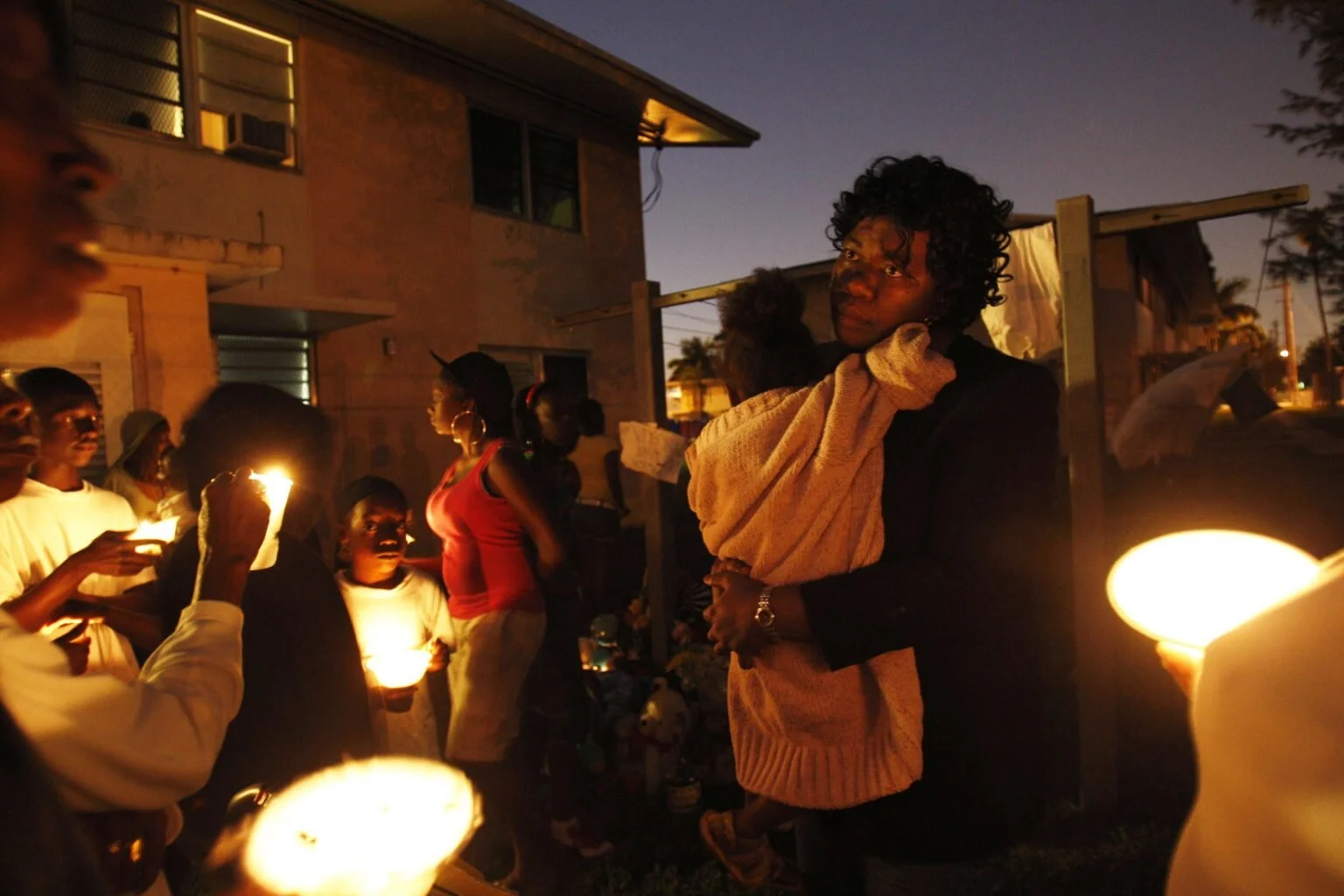
Bonds of Sorrow, 2008 Nuri Vallbona Austin, Texas 48" X 32"; Digital Photograph Holding her slain son’s daughter, Queen Brown, talks to Miami residents during a candlelight vigil for two brothers gunned down in 2008. Brown, a radio host, became an activist to address the rising violence among youth in her community. She helped form a support group for other parents who wanted to advocate for their children. Like the suffragettes before her, she is mother, grandmother, comforter and activist.
Is Voting Really Meant... For All?, 2020 Avani Chhaya Austin, Texas 21" X 14"; Digital Photo This photo combines the daily anxieties and realities faced by marginalized voters. Even if a new voter ID is at the top of the to-do list, there is confusion over documentation, the limited DMV hours, not being able to miss a day of work, and the lack of transportation, which serve as hindrances for many voters. This photo ends with a larger question – is voting really meant for all? Or, are these new rules and policies doing exactly what they intend to do – making voting inaccessible, in order to uphold the status quo and maintain patriarchal power for the mostly White, Christian, heterosexual men in office?
Babe In Arms, 1987 Lynne Dobson Austin, Texas 8" X 6"; TriX B/W film Two girls are joined as one with their doll, skipping and skating on the same path forward, three friends holding onto each other, like sisters, like the Suffragettes, as they fought for voting rights and also for economic and racial equality. The Suffragette movement was a courageous sisterhood, united in the dream for an equal, powerful, promising future for all women.
The Awakening, 2020 Kalee Appleton Fort Worth, Texas 16" x 20"; Archival inkjet print Set on a backdrop of wallpaper covered in yellow roses, the symbol of the suffragists, these relics remind us of the endurance of women from the past who sacrificed and fought for equality. Their determination is celebrated and on display as a badge of honor and respect through these images. The legacy of brave women who battled for their right for equality remind us that this fight continues today, and it is our responsibility to continue their cause.
We The Future, 2020 Deborah E. Cole Austin, Texas 16" X 20"; Fine Art Print The importance of the right to vote today as well as in the future is as crucial today as it was in 1920. Today we march for the rights of those in the future.
Our Body Image Was Fine Just The Way It Was, 2012 Denise Prince Austin, Texas 40" X 40"; Photograph “Our body image was fine just the way it was.” was photographed with local clothing designer Gail Chovan who elected not to have reconstructive surgery after a double mastectomy in 2012 and always struck me as though it were an American Eagle Outfitter advertisement. Gail’s pose not only eagle-like but the image somehow all American, proud, and as vital as a commercial advertisement. Often when I see Gail (we are also friends) she is wearing so low cut a top that her chest is visible. She is not ashamed of the body she has. The Imaginary body is a concept in psychoanalysis that I understand to be a body that is not subject to death that we formulate mentally and lay over our experience of reality. Although (in the life I lead) I experience real people with complicated lives that each overlap with experiences of the Real, I find that when stepping towards the institutions of Beauty and Fantasy they are inordinately defended against the explicit truth that they are pretends. All of what the suffrage fought against, internally against the equality of women of color and in society towards ratification were imaginary hierarchies. My models hold court spontaneously;beautiful,playful and buoyant withinmeaning.
Women Hold Up Half of the Sky, 2019 Jeanine Michna-Bales Dallas, Texas Image size is 11.0 w x 11.0 h; paper size is 17.0 w x 22.0 h; Archival Pigment Print on Epson Hot Press Natural Paper Standing Together: Photographs of Inez Milholland's Final Campaign for Woman’s Suffrage; Photo Essay 2016 - 2020. In 1916 women were over 60 years into the battle of the American Suffrage Movement. Frustrated by President’s Wilson’s inaction on the matter, a group of suffragists decided to put their fate directly into women’s hands. The Congressional Union for Woman Suffrage, also known as The National Woman’s Party, came up with a radical campaign to send hundreds of suffragists from the East out to the 12 western states where women had the right to vote. Their request was a simple one; put aside all political agendas and cast a protest vote against President Wilson and his fellow Democratic Congressman. Eastern women joined with their western counterparts and covered specific states. Inez Milholland, who had married Dutch businessman Eugen Jan Boissevain in 1913, was appointed special “flying envoy” to make a 12,000-mile swing through the west in October leading up to the 1916 Presidential and Congressional election. Inez, traveling with her sister Vida, delivered some 50 speeches in eight states in 28 days. Battling chronic illness and lack of sleep, her four-week itinerary, brutal even by today’s travel standards, consisted of street meetings, luncheons, railroad station rallies, press interviews, teas, auto parades, dinner receptions, speeches in the West’s grandest theaters, and even impromptu talks on trains while on her way to the next destination. On October 24th, 1916 her last public speech was delivered at Blanchard Hall in Los Angeles. She collapsed on stage and her final public words were, “Mr. President, how long must women wait for liberty?” Her health forced her to cut the tour short and she died 30 days later at the age of 30, making her the sole martyr of the American Suffrage Movement. Inspired by her devotion, the movement continued to grow, and ultimately led to the 1920 ratification of the 19th Amendment. “Standing Together” retraces the sisters’ journey as a determined Inez persuaded standing-room-only crowds throughout the west to vote for the enfranchisement of women. The research, including primary sources, directly informed the image choices throughout the series. In her letters to her husband, Inez discussed her speeches, how she was “doctoring” herself to get through the tour and described in detail the Western landscape she was seeing and expressed a wish to return to some of the places with him. As I was traveling through the places that she visited, I was envisioning what she had described through my camera lens. I purposefully chose to keep the landscape images as she might have seen them. For the images presented as reenactments, I chose to visually present them as Autochrome Lumières, which was the principal color photographic process in use at the time. Because Inez and her fellow suffragists ultimately ended up winning the vote for all women in America (although in some states not until 1965 or later), as often as possible, I asked different women of all ages to stand in as Inez.

